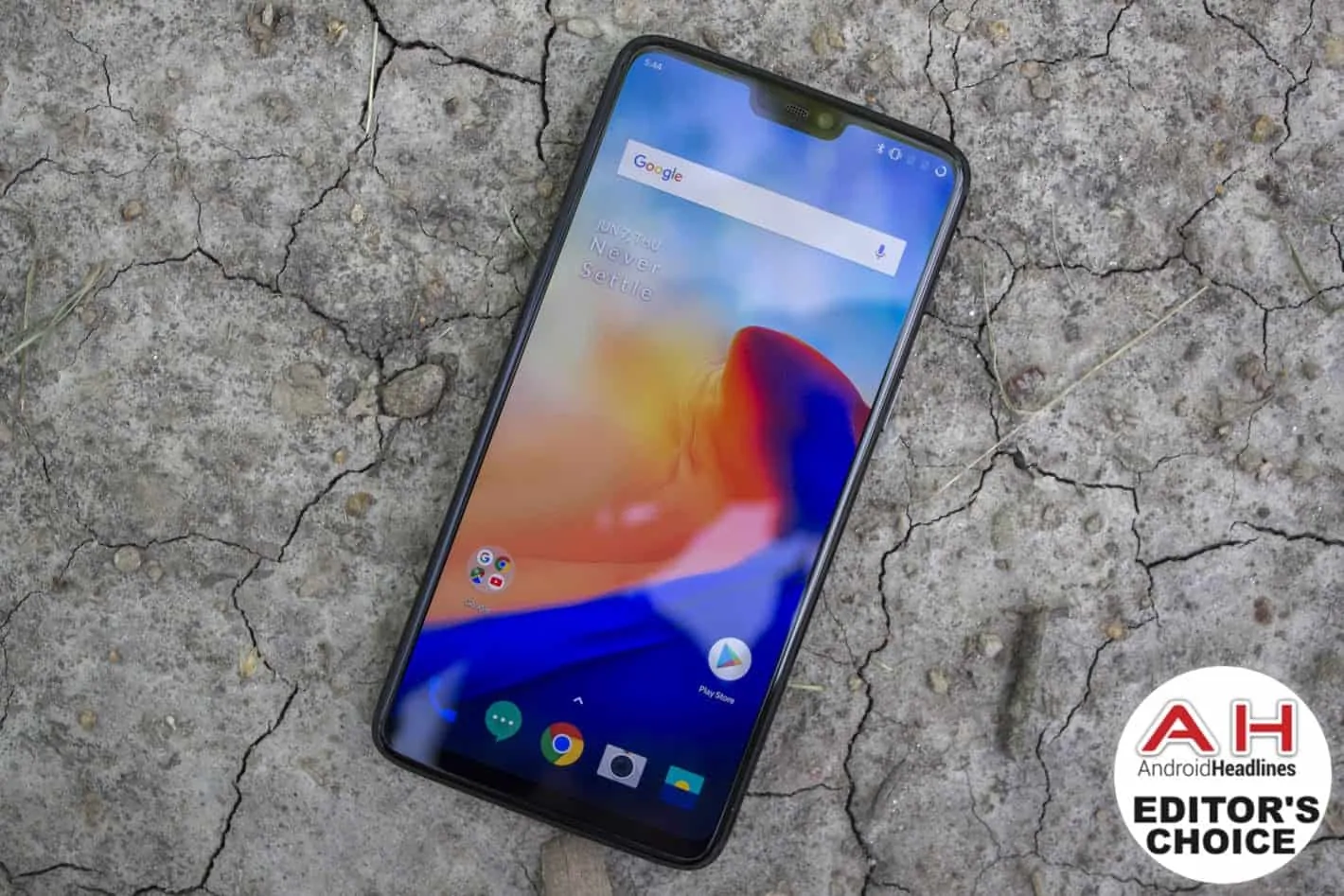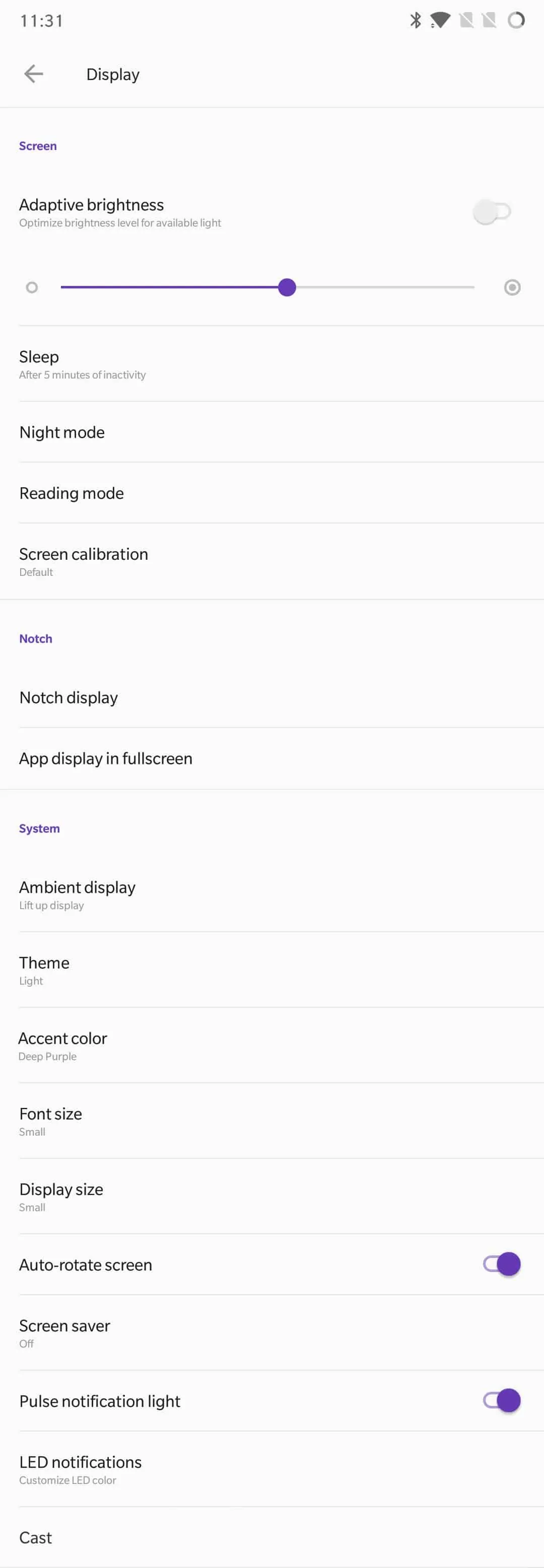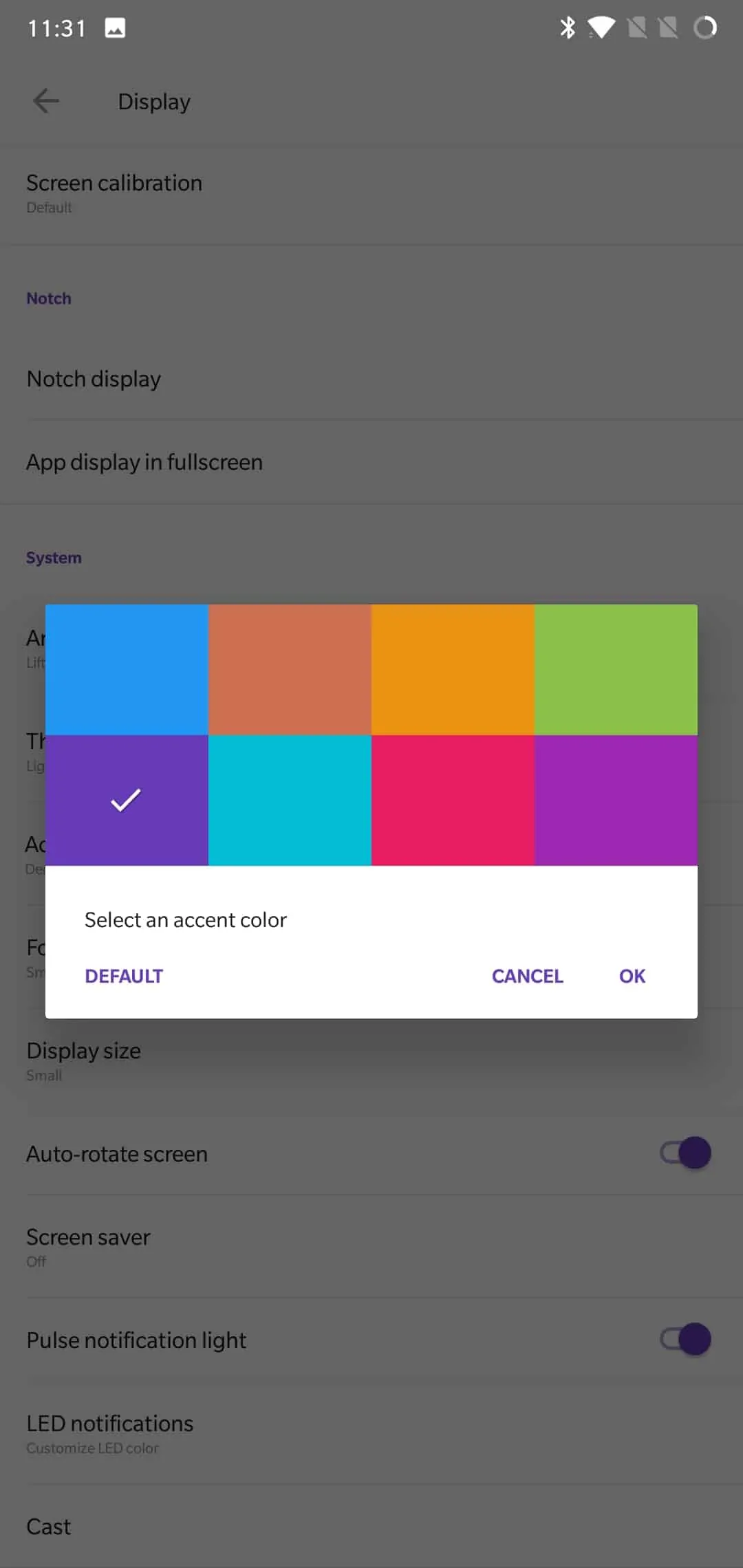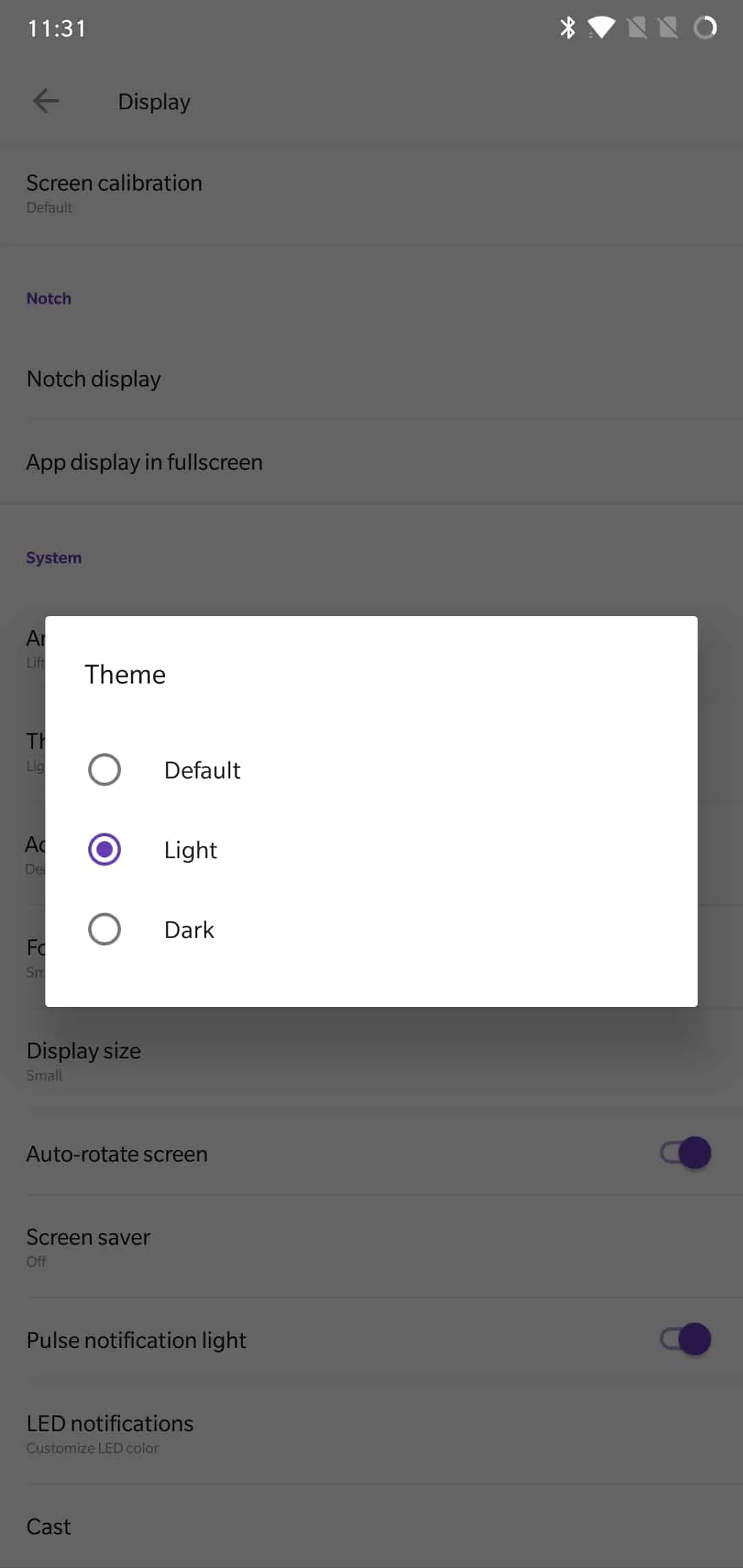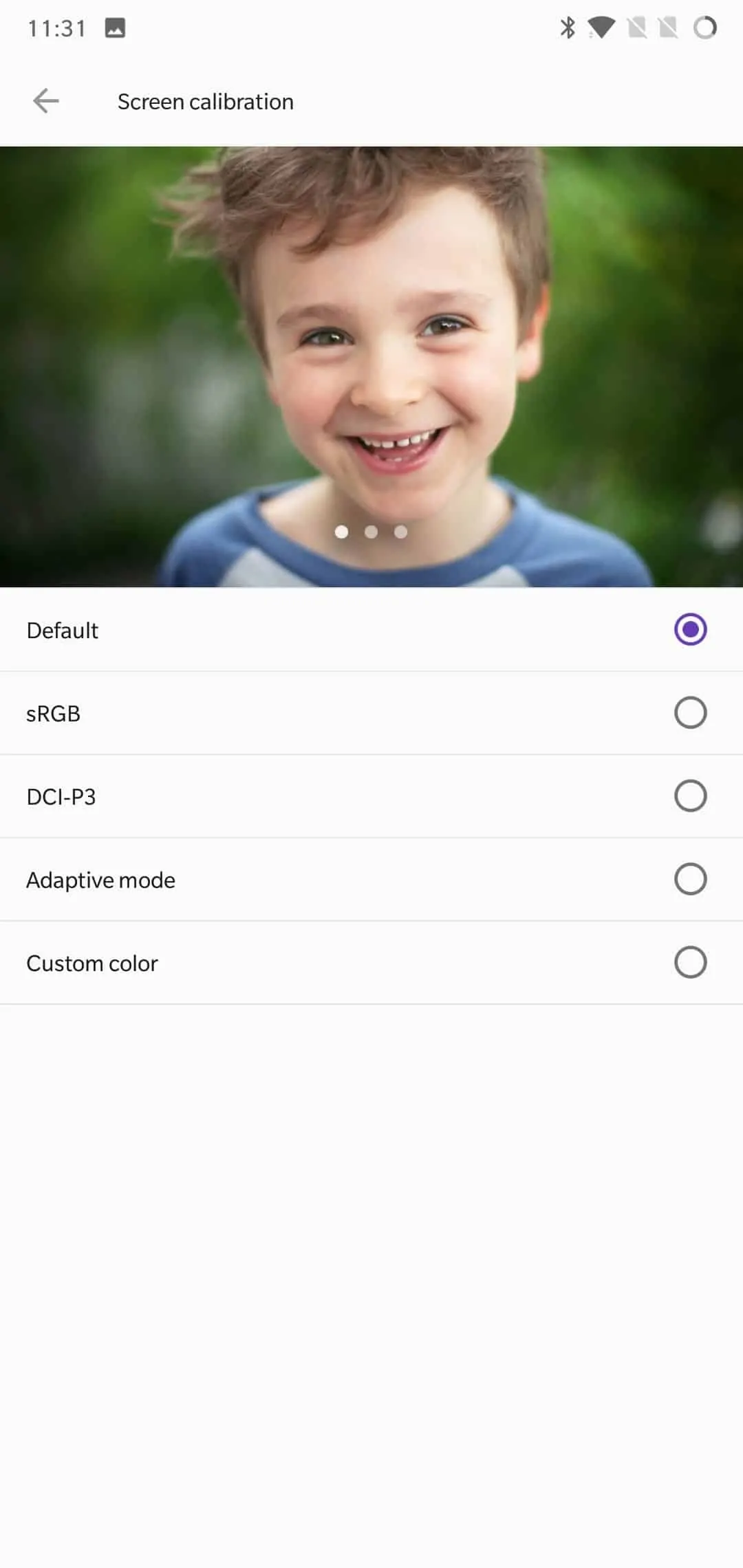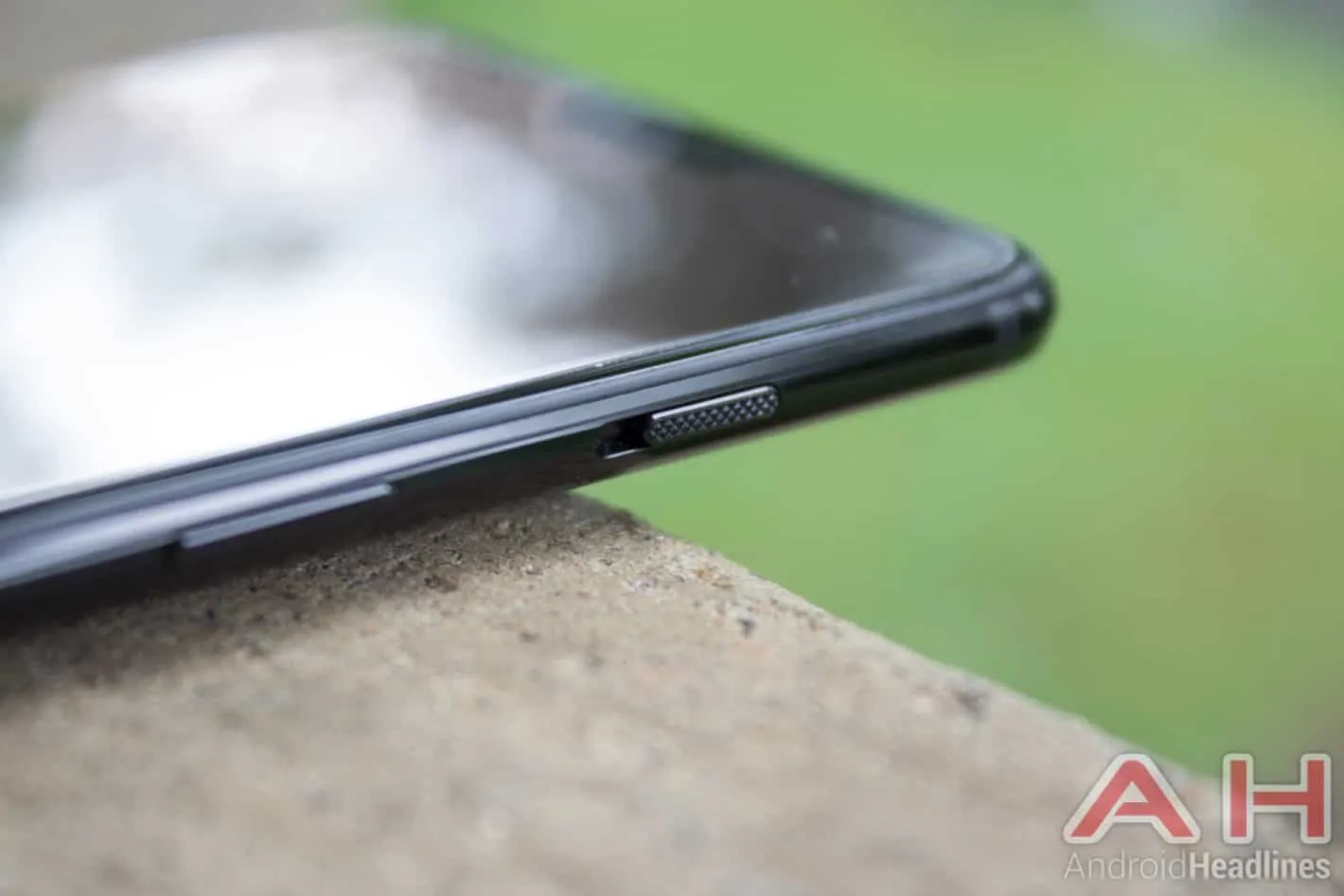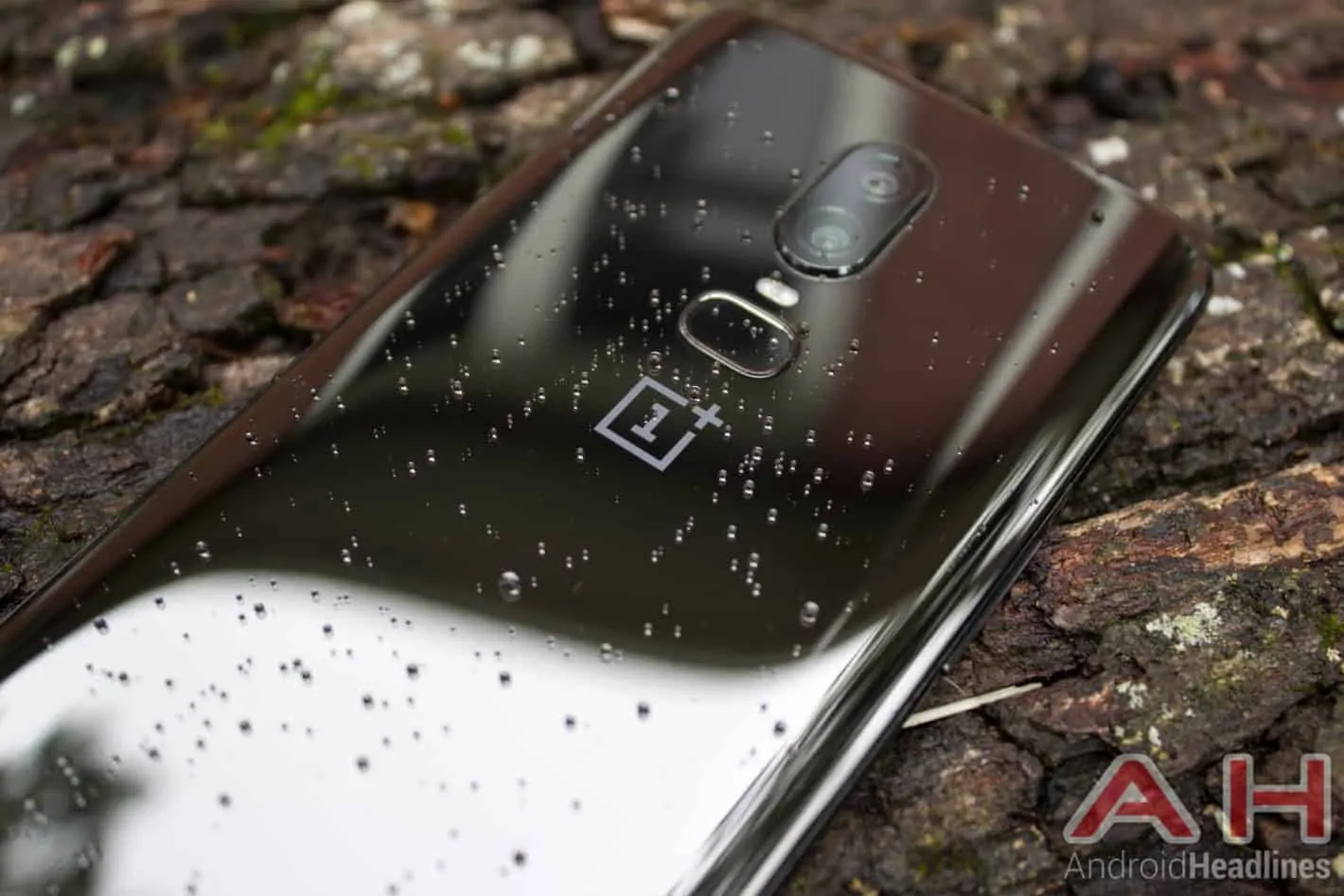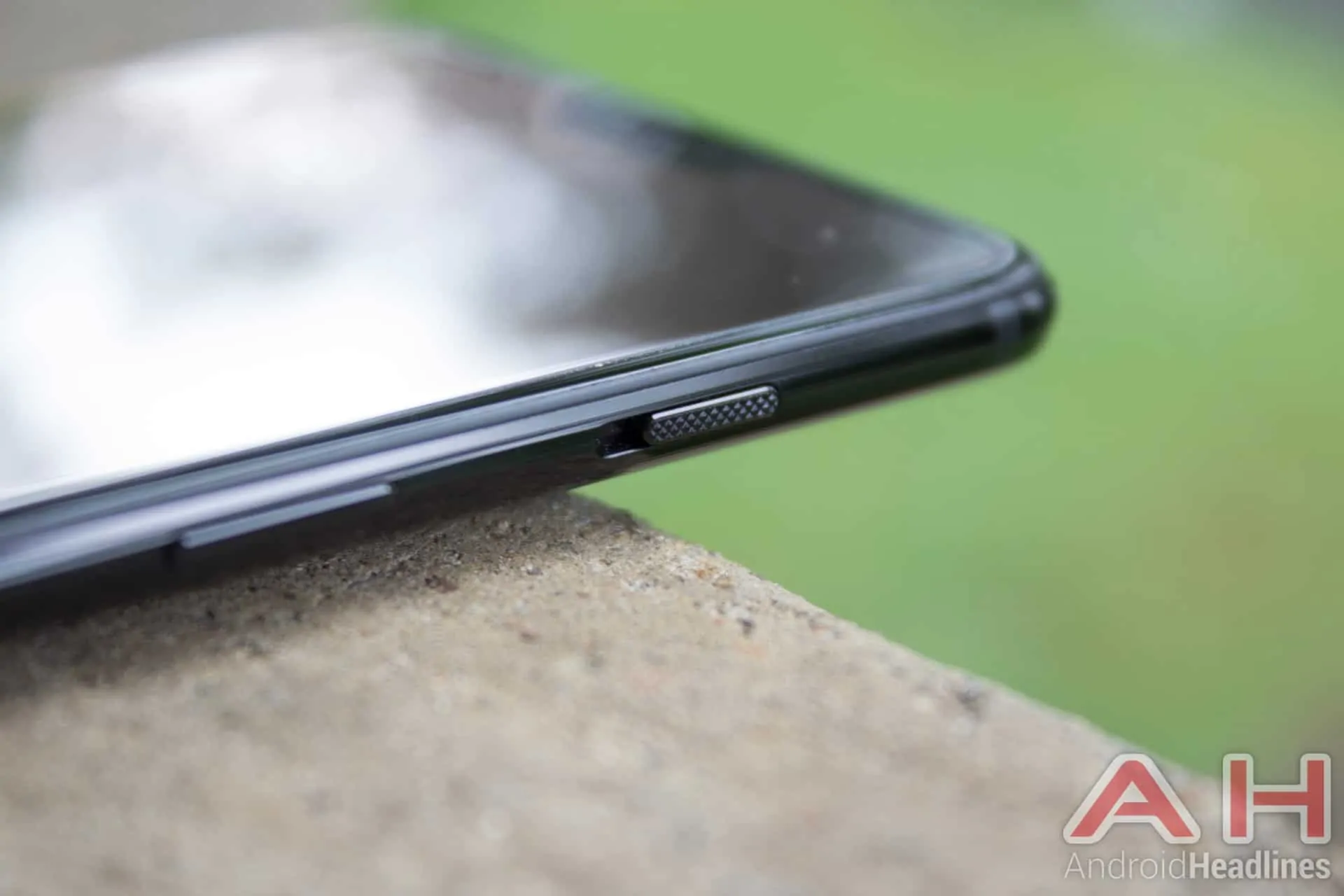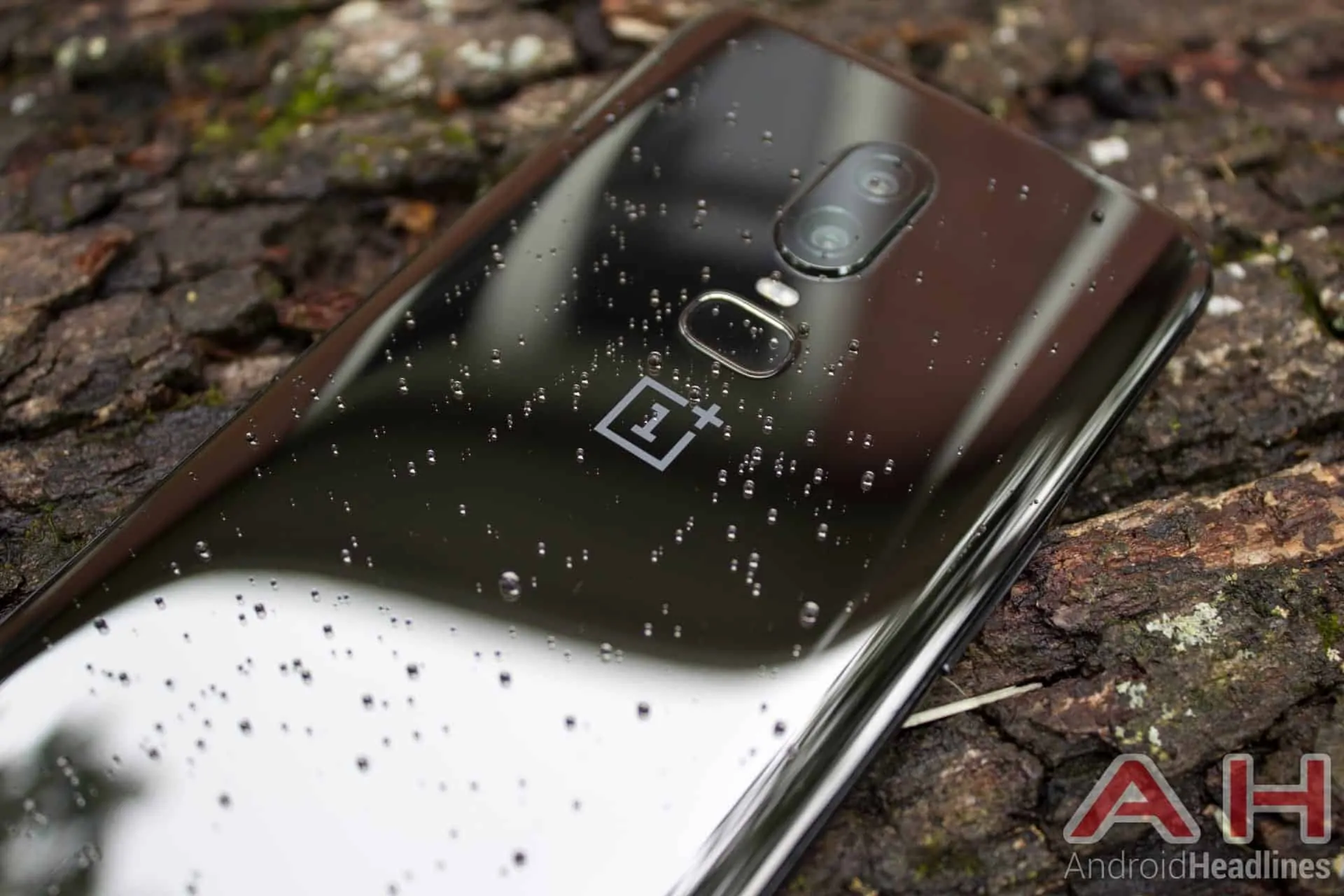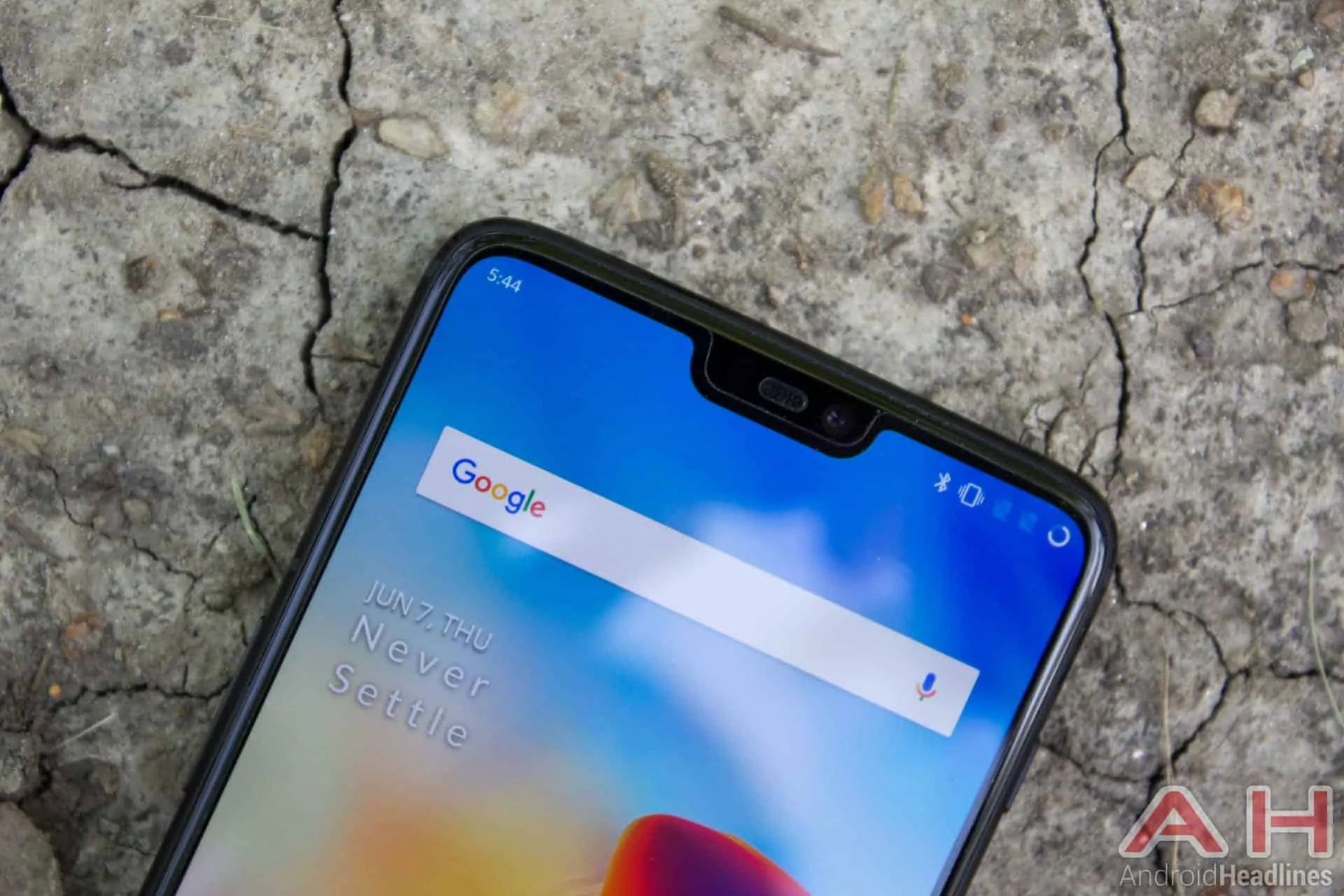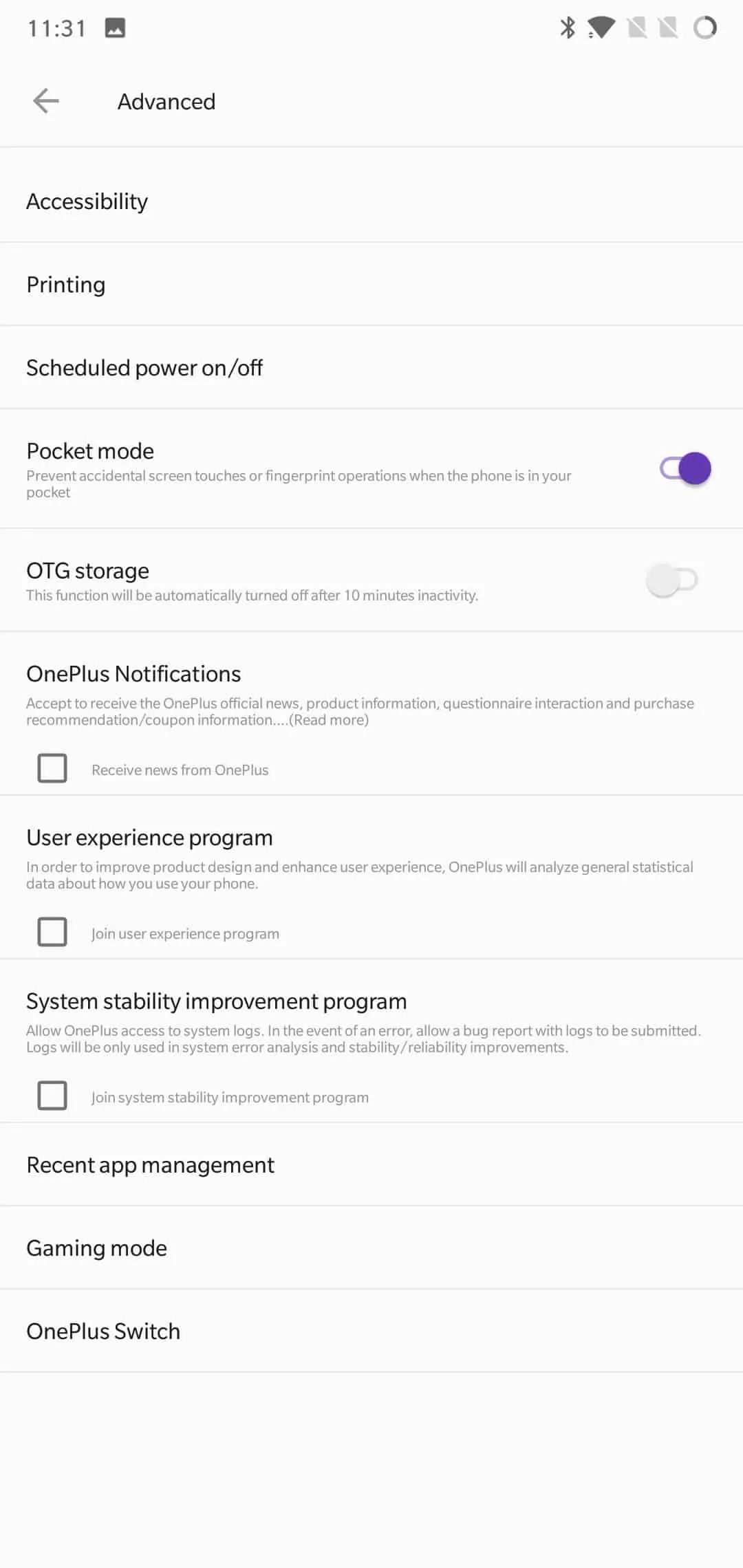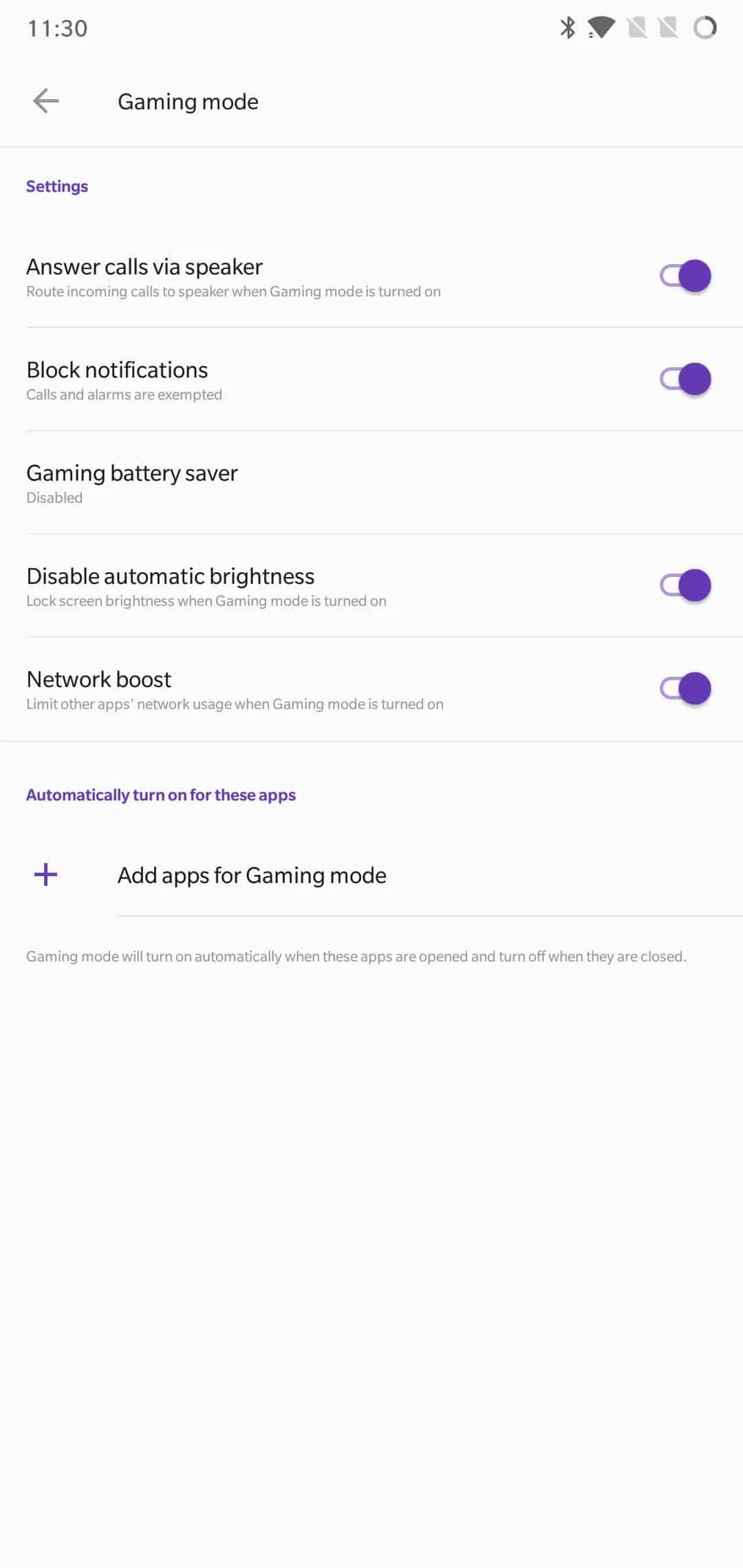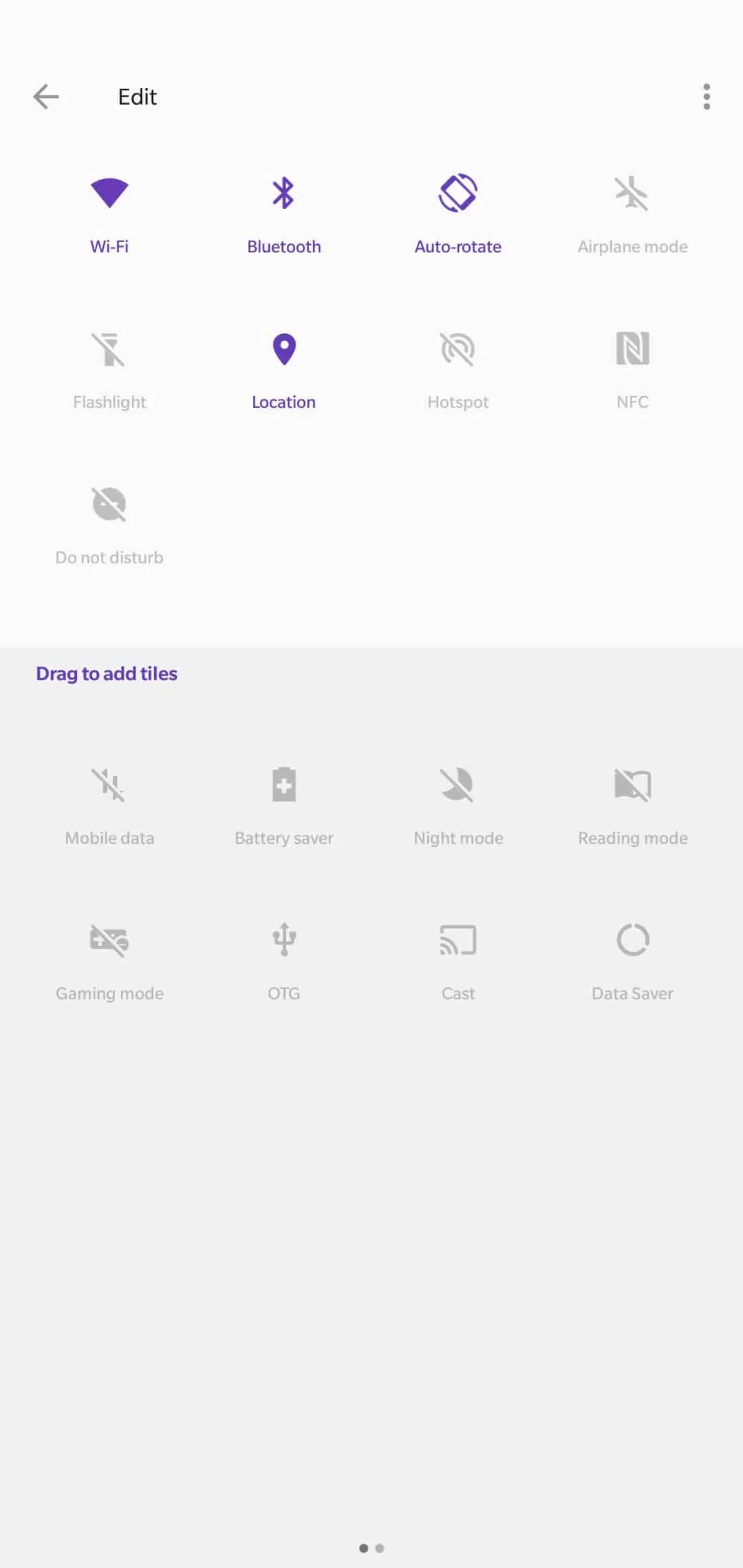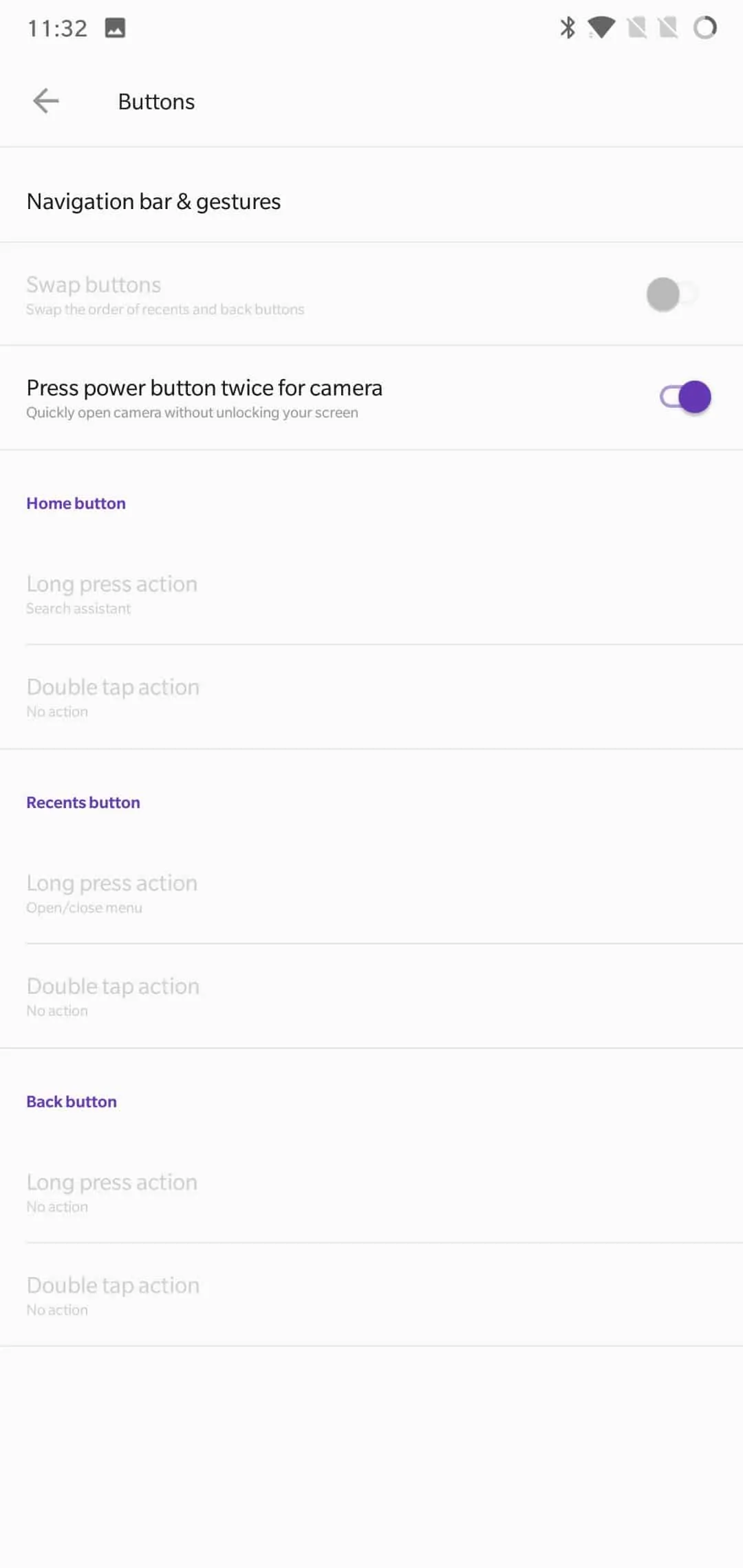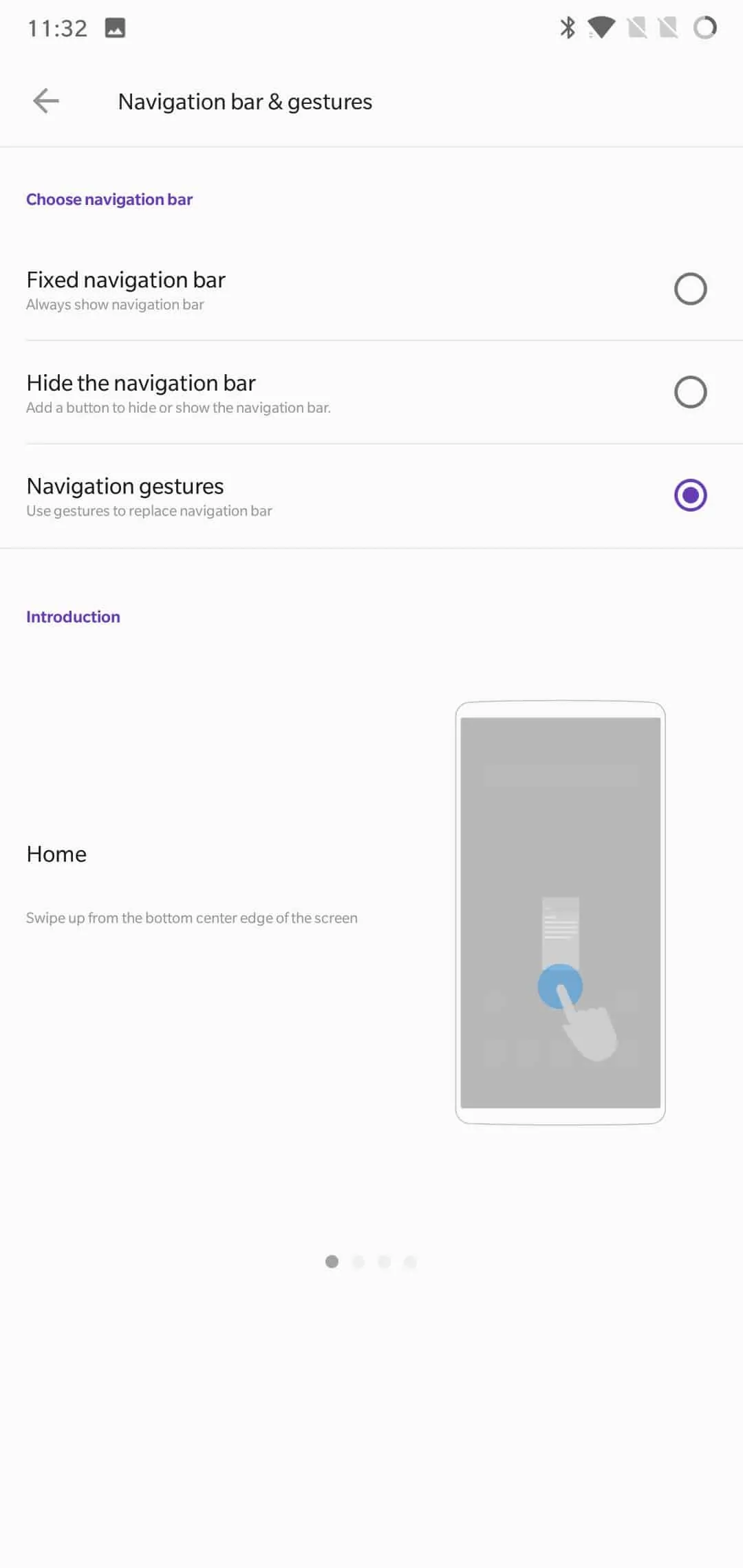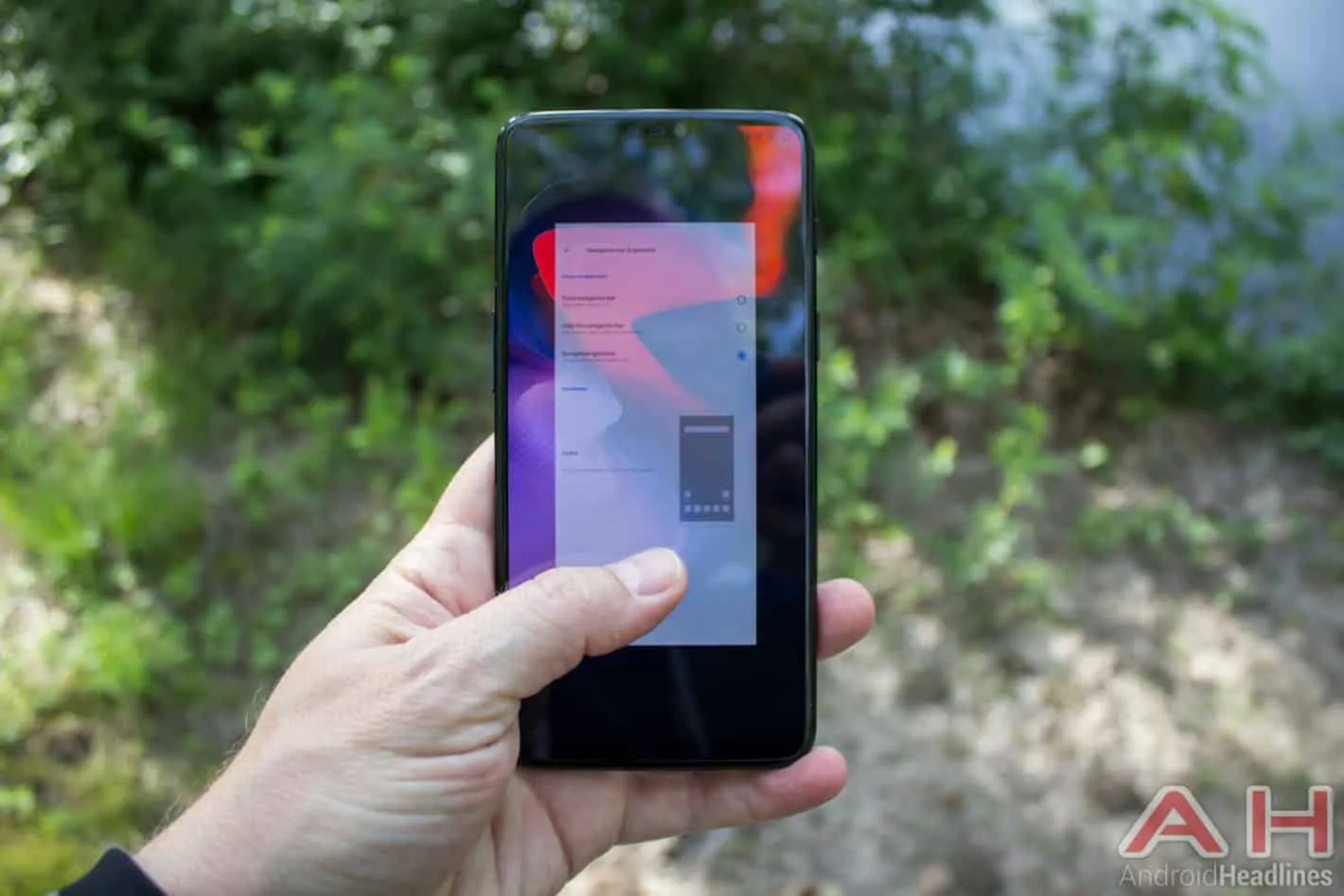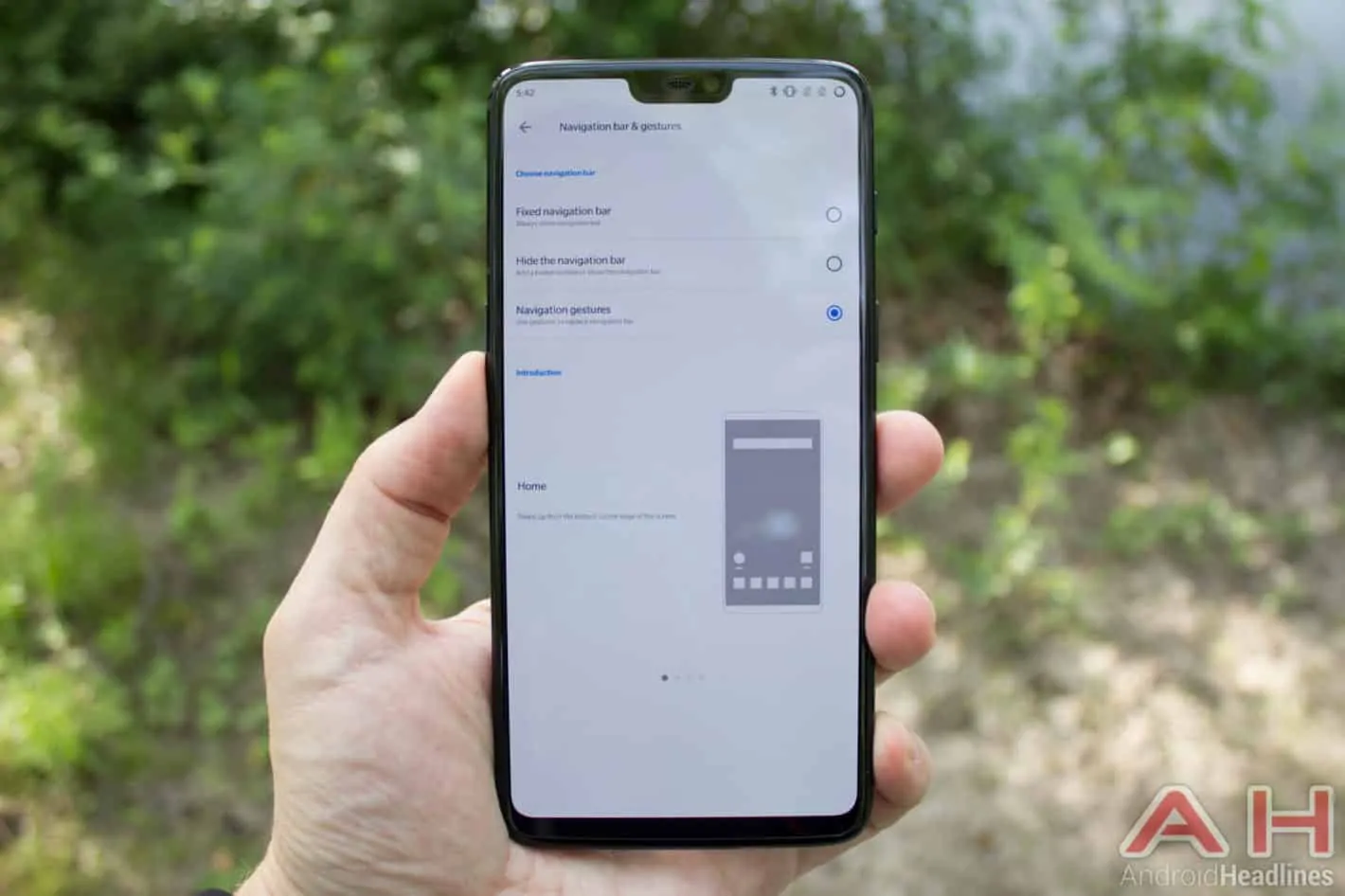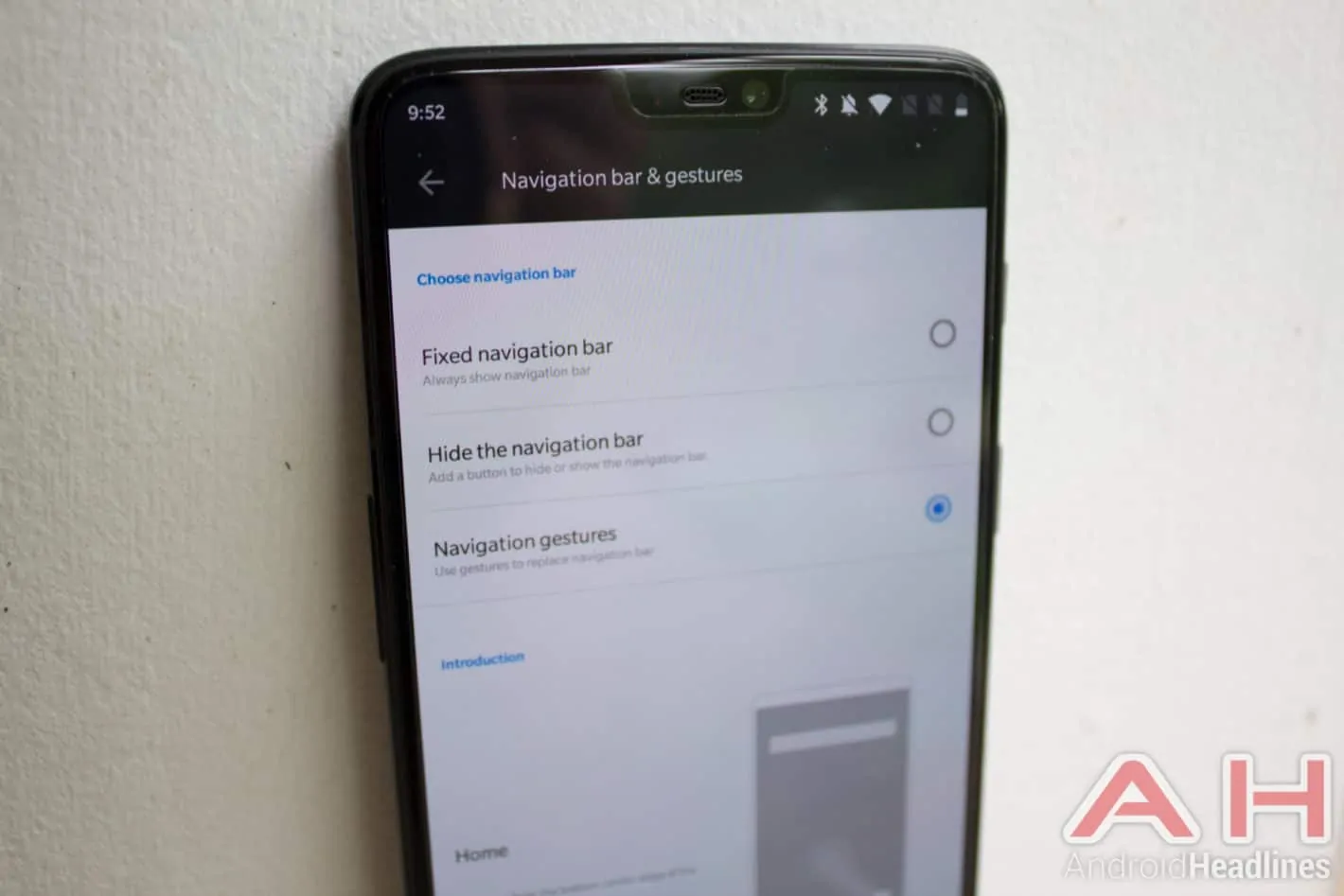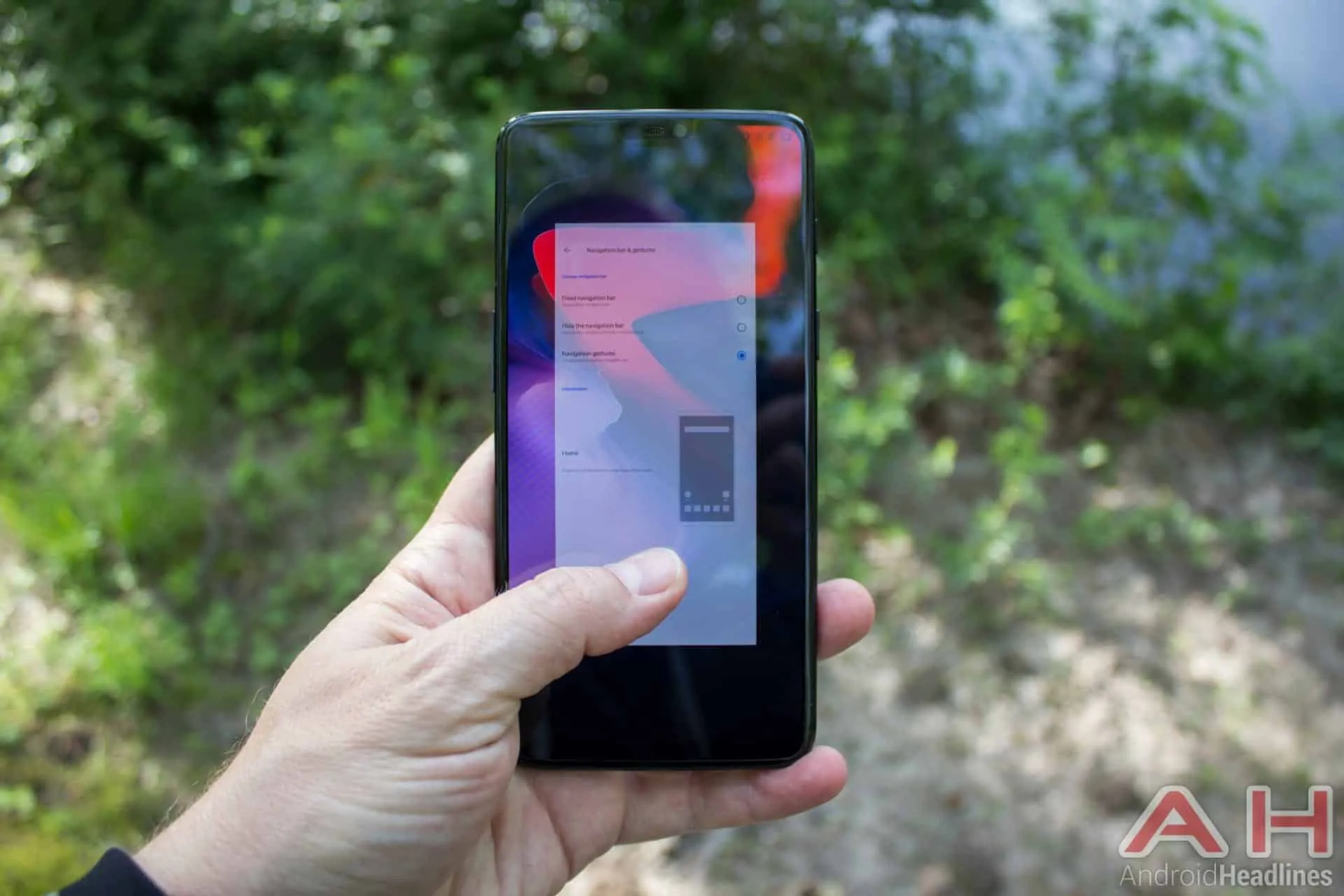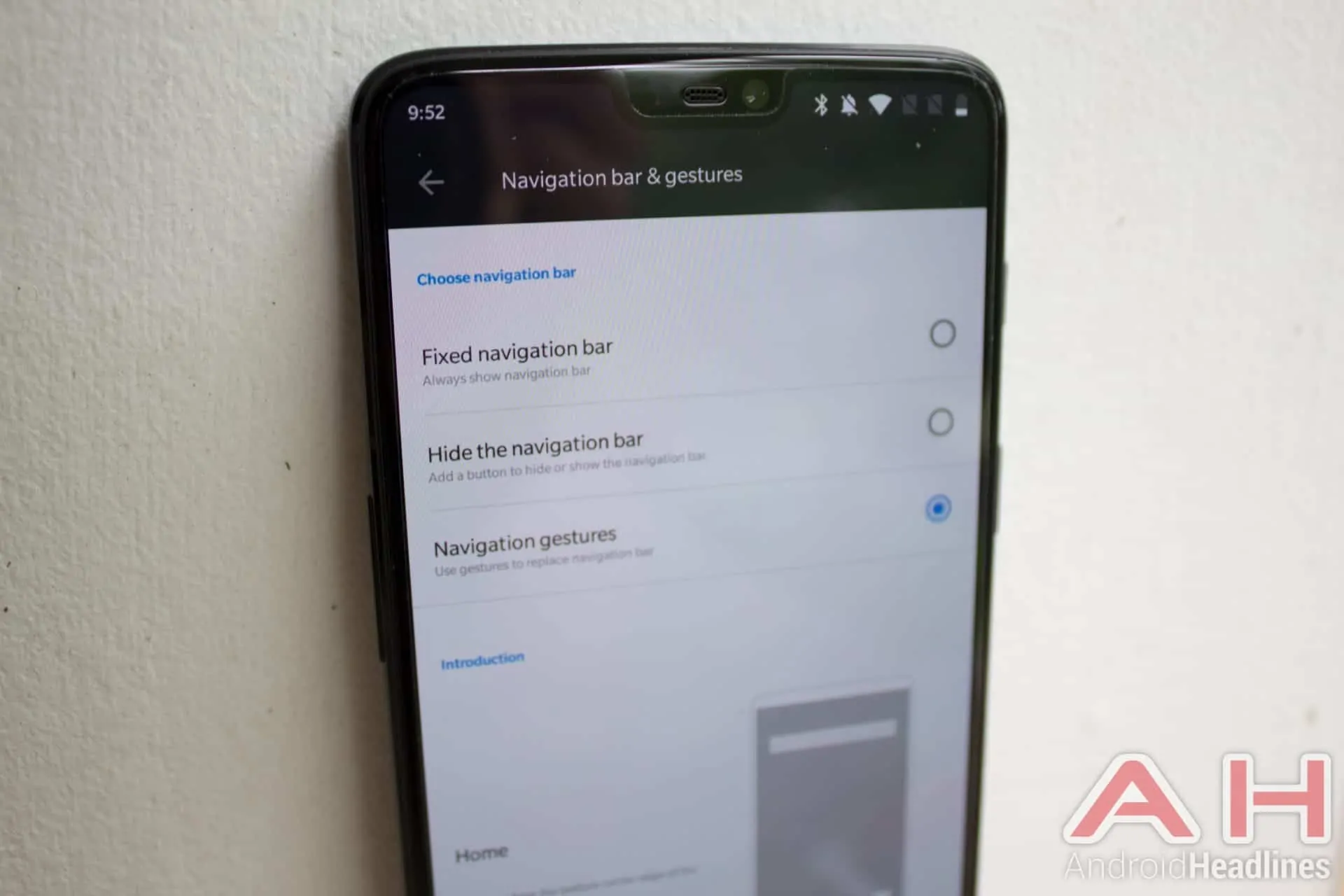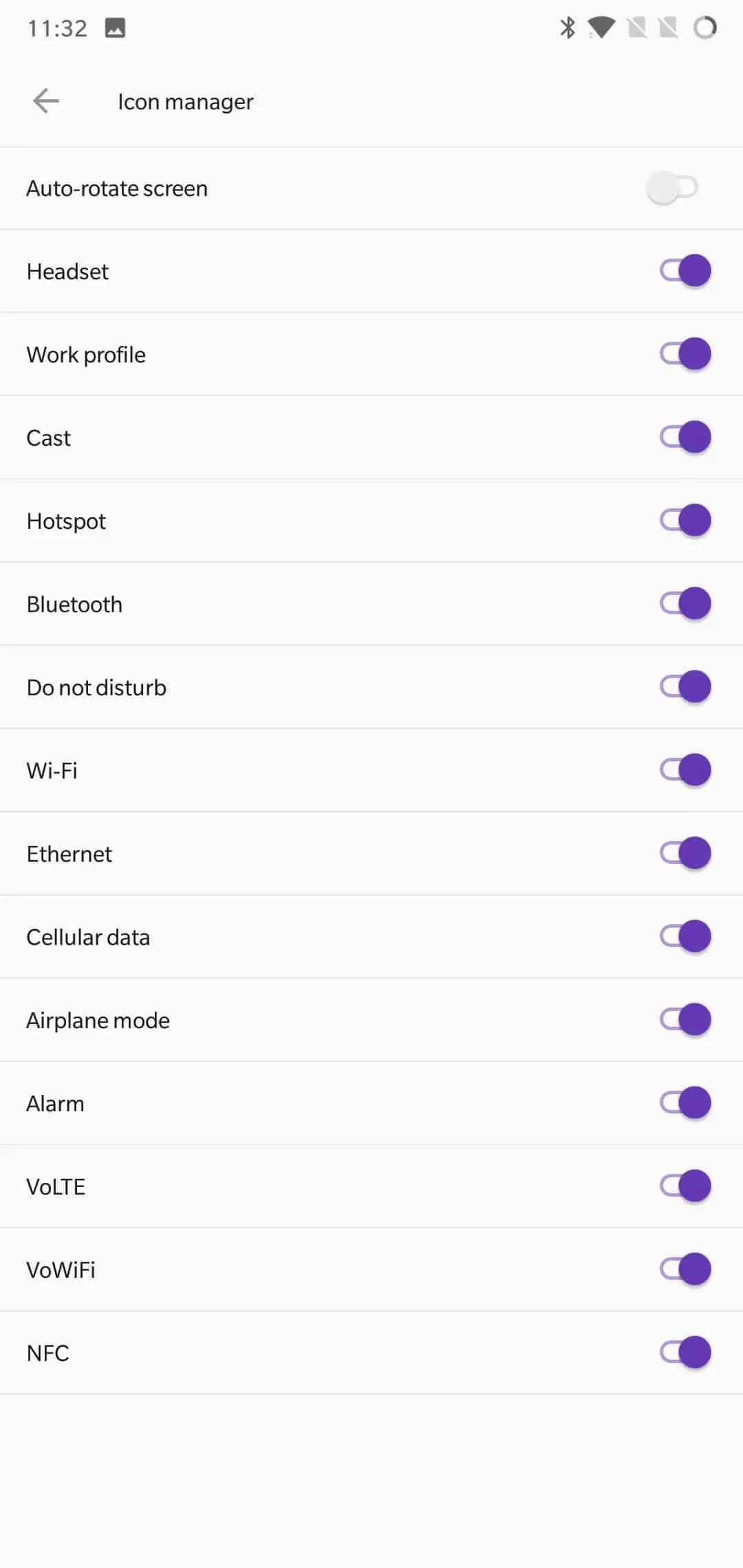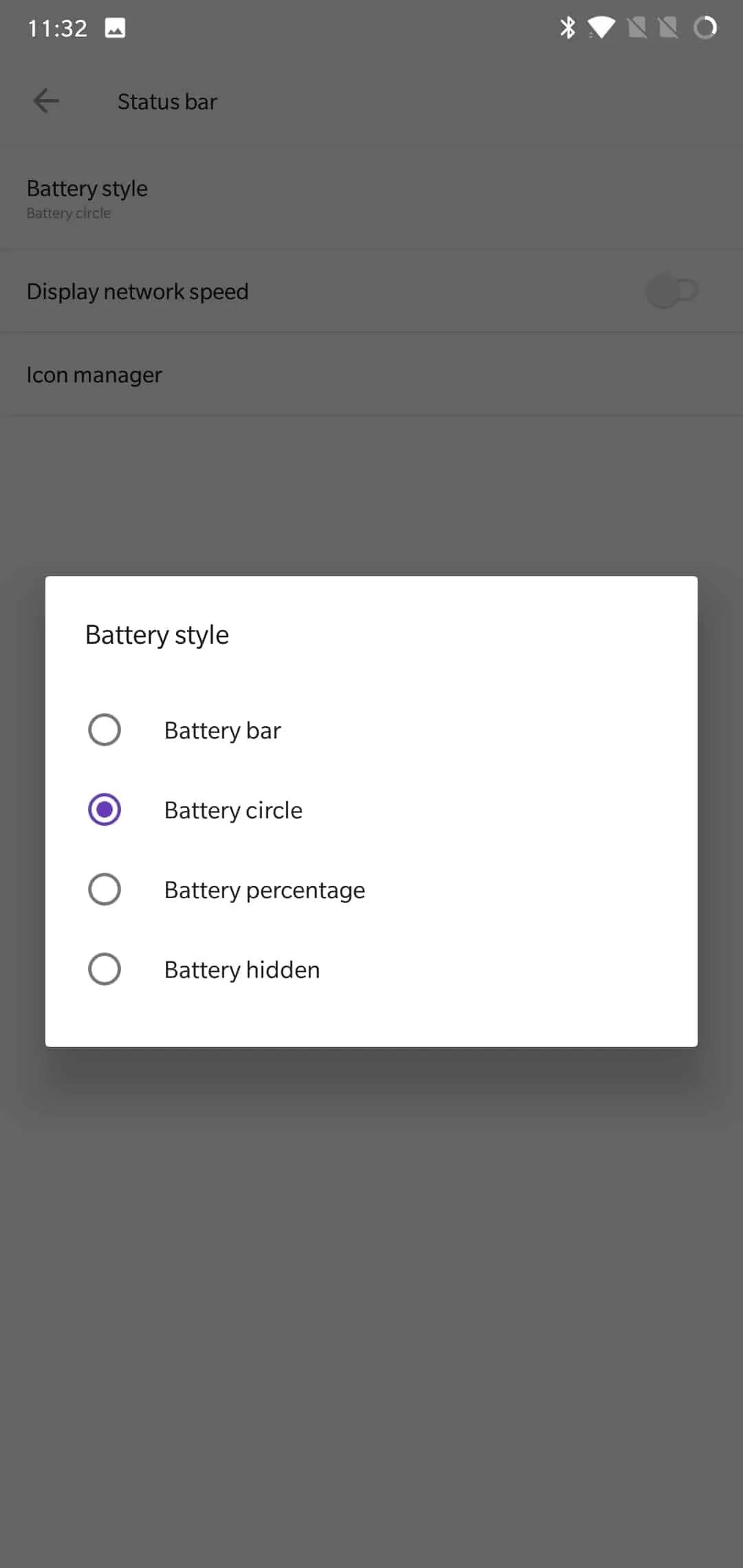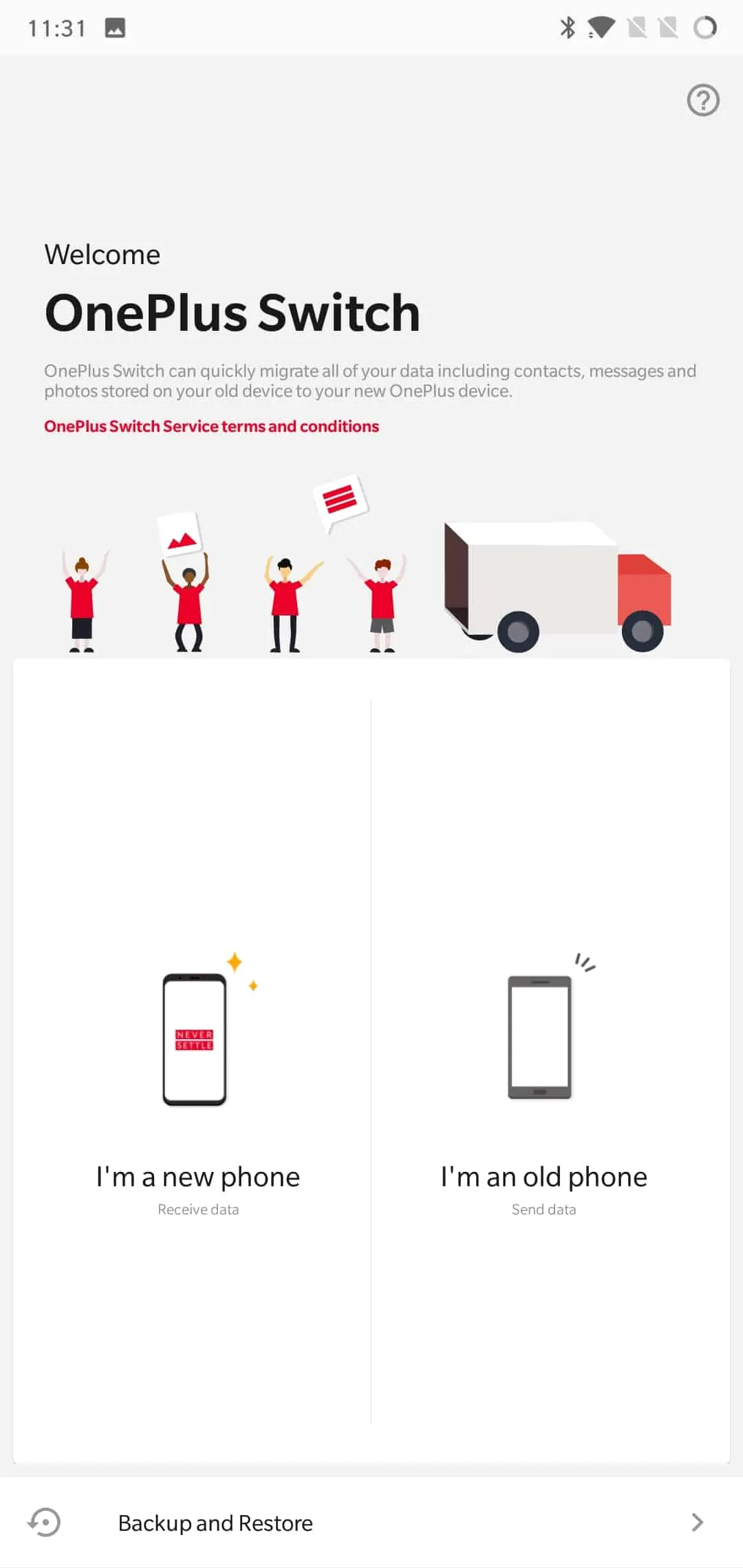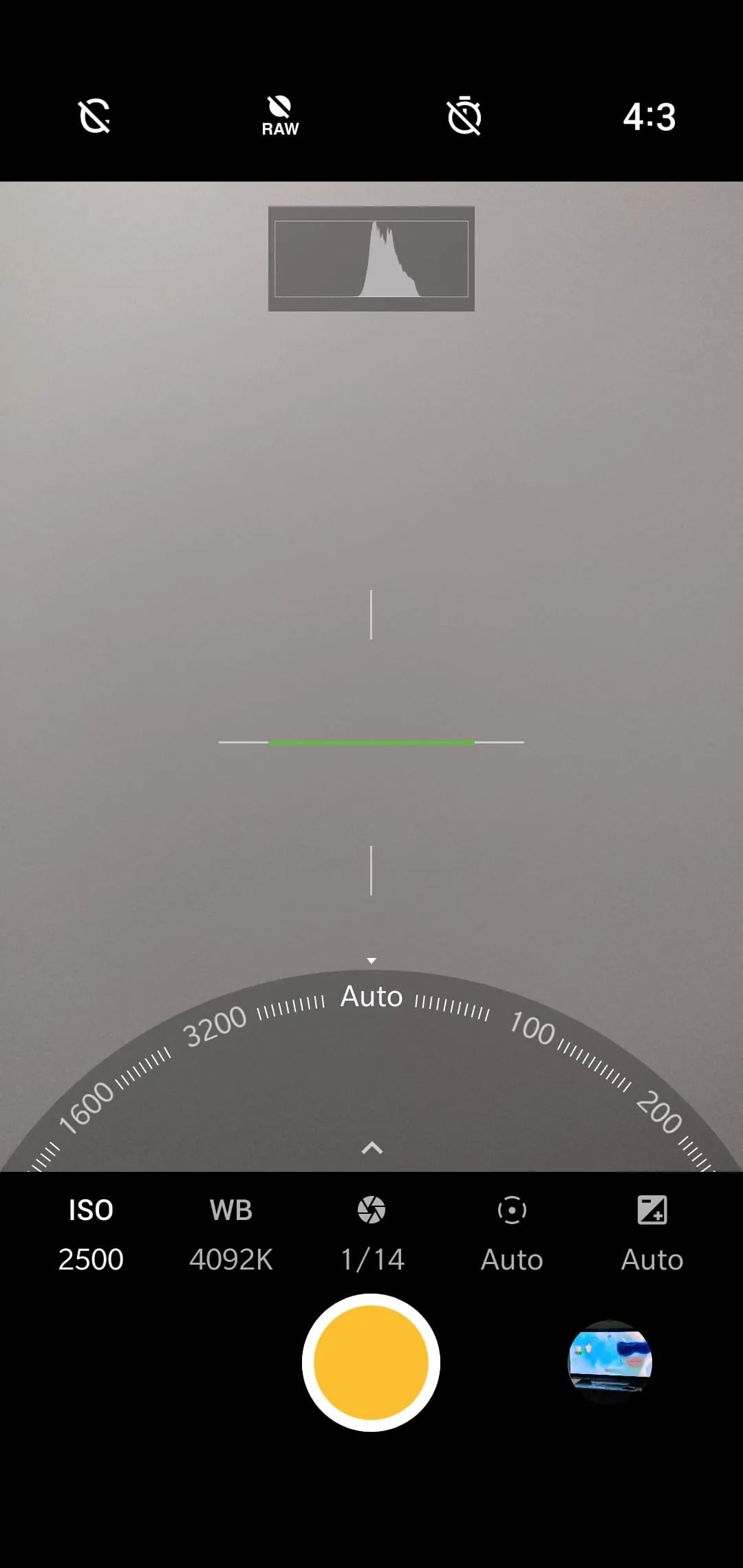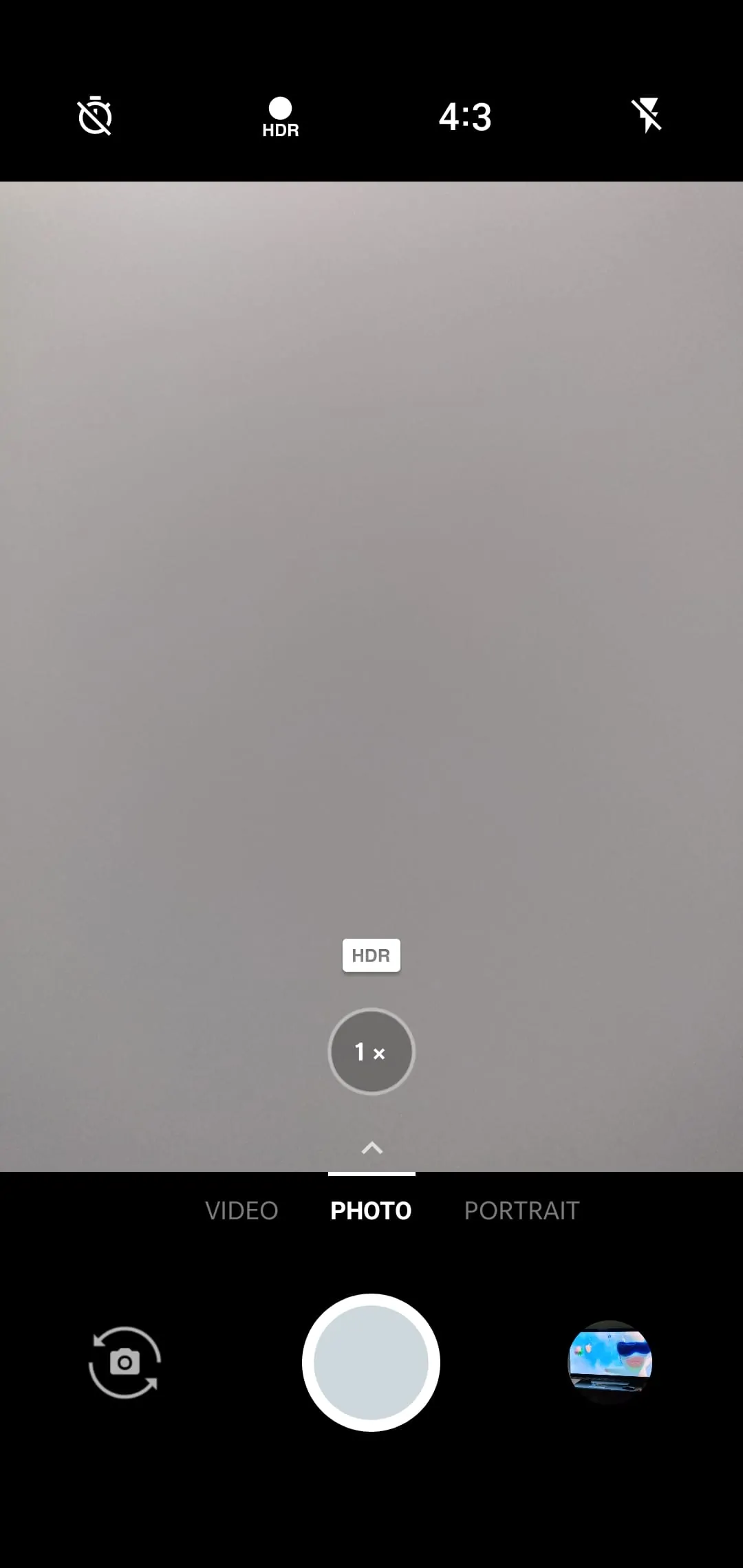Incredible value, but not without a few sacrifices
OnePlus’s 6-month release cycles have shown consistent improvement over each previous generation, all while keeping specs competitive with higher-end flagships. Once known as the Flagship Killer, OnePlus’s prices have increasingly grown with every release, and now the OnePlus 6 is launching as the company’s most expensive phone yet at around $30 more than the OnePlus 5T debuted at. After spending more than a month with OnePlus’s latest, we’re going to determine if this is truly the Flagship Killer of 2018, or if it has fallen from grace in the last 6 months.
Video Review
Specs and Box Contents
OnePlus is offering the OnePlus 6 in a few different configurations and colors, starting with the Mirror Black version at £469/€519/$529, which ships with 8GB RAM and 64GB internal storage, or an upgrade to 128GB internal storage for £519/€569/$579. Midnight Black (a flat black color) and Silk White (white with gold accents) ship in two variants: 8GB RAM and 128GB internal storage for £519/€569/$579, or 8GB RAM and 256GB internal storage for £569/€619/$629. On the front, sporting some of the smallest bezels of any Android phone on the market, is a 6.28-inch Optic AMOLED screen with 19:9 aspect ratio and 401 pixels-per-inch density, covered in Corning Gorilla Glass 5.
Inside is a Qualcomm Snapdragon 845 SoC and Adreno 630 Soc, while a 3,300mAh non-removable Li-Po battery powers the phone. A USB Type-C port and a 3.5mm port sit alongside the single bottom-firing speaker at the bottom, and a dual-SIM tray slot houses two nano-SIM cards, but there is no microSD card support. On the front is a 16-megapixel ⅓-inch sensor with 1.0-micron size pixels, behind an f/2.0 lens with 81-degree FoV. Around back is a pair of cameras: a main 16-megapixel Sony IMX519 1/2.6-inch sensor with 1.22-micron size pixels and optical image stabilization (OIS), behind an f/1.7 lens with 77-degree angle FoV. The secondary sensor around back is a 20-megapixel Sony IMX376 1/2.78-inch sensor with 1.0-micron size pixels, behind the same f/1.7 lens with 77-degree angle FoV. Both cameras support phase detection autofocus.
The new all-Gorilla Glass 5 covered body features a smooth metal frame and measures in at 155.7mm high, 75.4mm wide, and 7.8mm thin, with a satisfying weight of 177 grams. As of this review, the phone ships with OxygenOS 5.1.8 running atop Android 8.1 Oreo with the May 1, 2018 security patch. A clear TPU case is included in the box for basic protection without hiding the phone, and a film-type screen protector is pre-installed on the screen. A USB Type-A to USB Type-C Dash Charging cable is included alongside the 20W Dash wall charger as well.
Display
The 6.28-inch screen up front boasts a resolution of 2280 x 1080 pixels, meaning it sports a 19:9 aspect ratio and 401 pixels-per-inch density. While the resolution sounds low for the size (1080p+), anything over 400 pixels per inch is generally a minute difference to the naked eye, and as such the display is super crisp in any application. OnePlus is sticking with a beautiful OLED panel for the OnePlus 6, meaning infinite contrast and ideal black levels, gorgeous colors and perfect motion resolution. It’s not the best performer in bright sunlight, and while it’s semi-readable, there are other displays on the market with much better sunlight visibility as a whole.
I also found the auto brightness wasn’t particularly aggressive, and would constantly sit at a too-dark or too-bright setting in many circumstances, forcing me to manually adjust the brightness in the notification shade. The default color and white balance is superb, delivering punchy colors, essentially perfect white balance, and no visible shifting from normal angles. The rainbowing effect can be seen from extreme angles, but doesn’t affect the overall quality of the image, as this is the polarizer causing the effect, not the display itself. OnePlus provides a number of customization options for the display too, including industry-standard presets like DCI-P3 and sRGB, as well as a simple customizable slider to move between warm and cool.
As this display contains a cut-out notch at the top, OnePlus offers a way to “hide” the notch by tinting the status bar black in all applications, or just letting Android do its thing and change the color automatically. Hiding the notch works extremely well since this is an OLED display, which turns these pixels completely off to blend in with the black notch itself. The biggest difference between OnePlus’s handling of the notch is in customization, and the ability to show or hide any of the system icons up top. The only notable with the exception is the left-oriented clock. This clears up the bar for other important things, as most of these icons are a bit superfluous at this point, especially ones like NFC or VoLTE.
Hardware and Build
OnePlus has gone back to a more original design with the OnePlus 6, although it of course still shares some similarities between itself and a few other phones out there. The dual camera module on the back is once again a center-aligned one with a vertical orientation. Just underneath is a new fingerprint scanner design that looks very similar to Samsung’s Galaxy S9 design, and as a whole, this certainly looks more similar to a Galaxy S9 from the back than anything else. Along the front, you’ll find the smallest bezels on nearly any Android phone, sans only a scant few, and while there is a notch up top, the bottom chin is smaller than many phones that don’t even feature the extra top screen area a notch helps with.
The new all-glass construction of the phone brings about some positive aspects, and some negative ones as well. Glass is easier to grip than metal overall, and while both materials are inordinately slippery in low humidity and cold temperature situations, glass becomes super grippy in high humidity and high temperature conditions. The sides are still a slick polished metal though, and as far as look and feel are concerned, seem to be an identical material to the glass back, giving the illusion that the phone is one big slab of material. The left and right sides of the back are curved inward, tapering the size of the sides to be only slightly larger than the buttons they house. Despite having an all glass and metal construction, there is no IP rating for water or dust resistance on this phone.
Along the right side, you’ll find the new, easier to use alert slider, with a textured metal finish, located just above the power button. This new alert slider toggles between (from bottom to top) audible ring, vibrate only, and completely silent modes, with satisfying clicks in-between each mode. A volume rocker is located on the left side, with the top of the volume rocker aligning with the top of the power button, while the SIM card tray sits above that. Along the bottom of the phone is the 3.5mm audio port, USB Type-C port with USB 2.0 speeds, and a single bottom-firing speaker. Inside is a vibration motor that feels less than premium in every regard, with harsh vibrations that reverberate inside the glass chassis, feeling cheap all around.
Security and Performance
OnePlus’s devices have long been known for their blazing speed, consistently surpassing the competition in everyday tasks, despite having the same SoC as leading flagships. Part of OnePlus’s success is certainly the copious amounts of RAM it puts in its phones. With 8GB of RAM, the OnePlus 6 has more RAM than almost every flagship on the market, doubling that of phones like the LG G7, and carrying 50% more than the Samsung Galaxy S9, for instance. OnePlus has also built an Android skin from the ground up specifically with speed and simplicity in mind, and while they’ve added to the feature set over the years, they haven’t sacrificed speed or responsiveness in most ways.
There are a few issues with touch latency on the OnePlus 6 though, something that’s cropped up on OnePlus devices in the past at times, and seems to happen most notably on web pages with lots of media (images, video, sounds, etc,). There’s a pretty significant lag of a few hundred milliseconds when this happens, and while it didn’t happen all the time, it was certainly enough to wonder what in the world is going on behind the scenes. We’ve received four OTA updates since receiving the phone over a month ago, and none of them have addressed this issue, but have fixed a number of other issues, so it’s likely just a matter of time before it gets sorted out.
OnePlus once again is offering a Game Mode, found under advanced settings in the system settings menu, which bring about convenience and performance-changing options while gaming. Options include automatically turning on do not disturb mode, disabling automatic brightness, limiting the network speed of background apps to help with latency, saving battery by limiting resolution and framerate of games, and even automatically answer all calls in speaker so you don’t even have to navigate away from your game. Parallel App support returns, but is still limited to a small range of apps like Twitter or Facebook. This allows users to clone an app so that more than one account can be used on apps that don’t support multiple account logins at once, like folks with multiple social media accounts, or something similar.
Facial recognition is still available, keeping the convenience and speed from last year’s phones, but still offering a less secure way of unlocking than the fingerprint reader. Even so, the speed and accuracy of this facial recognition software is far beyond most other OEMs, and OnePlus’s software can even recognize a face from some pretty awkward and extreme angles, as well as in the dark thanks to the automatic ability to display a bright white screen upon detection of dark areas. Folks who would prefer a more secure biometric unlocking method can stick with the fingerprint reader around back, which is as fast and accurate as ever. OnePlus has also added in double-tap to sleep to its launcher, further adding to the many convenient methods for locking and unlocking the phone.
Wireless Connectivity, Sound and Battery Life
While the OnePlus 6 is an unlocked device, it supports nearly every band and tertiary technology users will need in 2018. This includes not only support for most GSM carriers worldwide but also support for Voice over LTE (VoLTE), as well as WiFi Calling, which both worked perfectly on T-Mobile US’s network in our testing. Support for dual-band WiFi 2.4/5GHz and 802.11b/g/n/ac are supported, but there’s no official support for quick roaming capabilities like 802.11k/r/u/w for things like quick wireless handoff between APs with the same SSID, or other enterprise-grade security features.
Despite having Bluetooth 5.0 support, I ran into some compatibility issues with some Bluetooth audio peripherals, specifically in a rental car with a Bluetooth head unit. I had no issue pairing the OnePlus 6 with these devices, but I had problems with audio actually playing out of these devices, even though the phone appeared like it should be outputting the audio. Other phones tested didn’t have this issue. Thankfully the 3.5mm audio jack is still a valid option, delivering consistent audio quality with consistent results every time.
The external bottom-firing speaker is mediocre at best, delivering average audio quality, but remaining too quiet for many uses. I had an issue with videos in particular, which were often irritatingly quiet in situations where background or ambient room noise were present. Not having louder speakers, and especially not having any sort of front-facing or stereo speakers, really makes this feel like a trade-off for the price. There’s also no wireless charging support, despite having a glass back, but OnePlus does include its excellent and blazing fast 20W Dash Charge charger in the box. This typically delivers more than enough charge to get through whatever you might need in a mere 30 minutes, and with above-average battery life, getting through a day or more shouldn’t be an issue at all. Average screen-on time was in the 5 to 6-hour range for a busy day, and most days ended with well over 40% left too.
Software
OxygenOS 5.1.8 is the latest version of OnePlus’s own Android skin at the time of this writing and represents not only the fastest version of OnePlus’s skin to date but also the most full-featured. It’s no surprise at this point that OxygenOS is blazing fast, having powered several generations of OnePlus products at this point in history, but the constant addition of features with seemingly no effect on speed or responsiveness has been impressive. All the UI customizations are in place, including hiding status bar icons to aide in the notch, light and dark universal UI modes, and plenty more. None of these options are new, but they are options most other OEMs do not offer.
One of the biggest functional differences OnePlus offers over most OEMs is in the way you navigate the phone. While the standard Android software navigation bar is enabled by default, users can instead opt to use a full-screen gesture-style navigation instead. This hides the bottom nav bar permanently, replaced with swipes up from the bottom bezel. Swiping up from the middle of the bottom bezel returns home, swiping up and holding opens up the multitasking overview screen, and swiping up from the traditional placement of back or overview buttons simply navigates back. There’s no way to launch Google Assistant with these gestures, so you’ll need to train the voice component to use this anywhere, and the animation of the overview screen feels a bit basic, at best. There’s also no quick way to launch split-screen mode, but it can still pretty easily be done from the overview window by dragging any card to the top of the screen.
OnePlus has updated the alert slider on the side to coincide with more modern Do Not Disturb options. This means that, unlike previous generations of OnePlus phones with this slider, the new alert slider doesn’t act like a manual Do Not Disturb mode. Instead, it simply toggles volume between audible ring, vibrate only, and completely silent. Users will no longer have to get irritated when they forgot to move it to Do Not Disturb before going to sleep, or miss messages and calls during the day because you left it on, as Android’s default scheduling feature once again works as intended by Google.
Not everything is rosy though, as there are a number of popular apps and services that aren’t fully compatible with the phone at the time of this writing. Amazon Prime Video isn’t properly supported on the OnePlus 6, meaning you’ll only be able to stream SD quality video. Netflix supports HD streaming but doesn’t support HDR, despite having an HDR10-capable screen. You’ll find full HDR support with 1080p 60FPS video playback on YouTube though, so the possibility of adding support for these other apps is certainly there. There’s also no support for Google’s ARCore or Daydream platforms at this time, although ARCore support was just added for the OnePlus 5T this week, so again, the possibility of these being added in the future is certainly possible.
Camera Software
OnePlus launched a completely redesigned camera software with an update for last year’s OnePlus 5T, and has brought that over to the OnePlus 6 at launch. OnePlus’s new design is arguably the most well thought-out design in the industry, with easy one-handed mode changing that’s not prone to accidental swipes or changes the way many OEMs designs are. There are two sections of modes: a collection of most used modes on the front-most facing part of the interface, which consists of Photo, Video, and Portrait. These are swiped between like pages, with clear indicators using words rather than icons or easily confused symbols. The rest of the modes are hidden in a swipe-up drawer, which can be called up via a swipe-up anywhere on the bottom black bar around where the shutter button is located. Four additional modes are located here: Slow Motion, Pro Mode, Time-lapse, and Panorama. While it would be nice to have a dedicated record button for instant photo taking or video recording, the rest of the interface is ingeniously designed.
Speed is a huge factor for the rest of the phone, and that carries over to every aspect of the camera software too. It typically takes just over 1 second to launch the camera software, and it’s ready to go as soon as the viewfinder appears on screen. Double tapping the power button quickly launches the camera from any screen, whether the phone is locked or not, but switching between modes is a tad bit slow. Typically moving between any modes takes as long as, if not longer, than launching the camera initially, and can get a bit annoying if trying to quickly record a video or change to another mode, but it’s not terrible by any means. Focus times are also lightning fast thanks to hybrid phase detection autofocus used on both rear-facing cameras, which is an improvement in both speed and accuracy even over last year’s OnePlus 5T. Despite not having optical zoom, there’s a dedicated 1x/2x zoom button, which can be increased to 8x by holding and dragging.
OnePlus is once again utilizing a smart burst system during photography, where the viewfinder is constantly taking photos while live, and clicking the shutter button effectively marks a moment for the phone to save. One of the biggest advantages of this always-on burst functionality is OnePlus’s algorithm that intelligently analyzes pictures for issues like blurriness or exposure problems, and automatically fixes the shot, or replaces it entirely with one of the constant burst shots taken just before or after the shutter button is pressed. If you’re quick enough you’ll be able to see this happen in the gallery by clicking the most recent photo’s thumbnail in the camera app.
The Pro/Manual camera mode is the same design we’ve known and loved for generations of OnePlus phones, featuring an easy-to-use wheel design for each setting. Along the bottom, you’ll find a dedicated row of manual adjustments including ISO (100 to 3200), white balance (2300K to 7500K), shutter speed (1/8000th second to 30 seconds), manual focus, and exposure value (+-2). A handy level is situated dead smack in the middle of the screen for keeping photos straight, along with a histogram near the top, and another row of dedicated options at the top including custom presets (2 possible), RAW capture, timer and aspect ratio.
You’ll find the ability to change between 4:3, 19:9, or 1:1 aspect ratios for photos in both auto and manual modes. 16-megapixel resolution is achieved at 4:3 aspect ratio, with cropped resolution for the other aspect ratios. The secondary 20-megapixel sensor is only used during portrait mode, and since it doesn’t feature an optical zoom lens, doesn’t crop the frame at all while taking a portrait mode shot. Portrait mode is also available on the single front-facing camera now, thanks to a recent update. Video recording can be done up to 4K resolution at 60 frames per second and is both optically and electronically stabilized. Slow motion recording offers 1080p@240FPS, or 720p@480FPS, limiting slow-motion captures to a full minute, but with the ability to choose which part of this minute to apply the slow motion effect to.
Camera Performance and Results
The OnePlus 6 is easily OnePlus’s best camera yet, eclipsing the generally great camera of the OnePlus 5T in every single regard. While OnePlus experimented with a secondary sensor for low light situations, this time around its utilizing only the main sensor for all but the portrait mode, as this new main sensor is a brand new generation of Sony camera sensors. The 16-megapixel IMX519 is not only larger than last year’s main 16MP sensor, it also features larger pixels, faster focusing times, better low light performance, and better dynamic range and color accuracy as well. It’s also got support for better quality slow motion video at higher framerates, as well as 4K video at 60FPS.
Comparing daytime shots with the OnePlus 5T is a marked improvement in dynamic range and overall detail, with less blown out highlights, better shadow detail, and punchier, more accurate colors. Focusing is also better thanks to an improvement in focus accuracy via the new sensor’s hybrid autofocus. This results in more accurate focus and more overall detail in objects, particularly when focusing in close on a subject. Part of this improvement is the slightly lower exposure in basically every scene type, which keeps highlights from being blown out, and generally helps colors not look as washed out as they tended to on the OnePlus 5T’s camera.
Zooming in reveals some considerable detail improvements in most situations, particularly low light, where the OnePlus 5T used its secondary 20-megapixel sensor’s pixel binning capabilities to virtually enlarge pixels by lowering the effective resolution of the shot. Despite having this capability, the 5T’s lower-light photos turn out darker than the OnePlus 6’s, as the increased physical pixel size more than makes up for any advantages that a virtually enlarged pixel might attempt to bring. Neither phone has optical zoom, which means phones with such lenses will be able to take in more distance detail when zoom is used in the camera’s viewfinder, but overall zoom detail in standard shots is generally excellent.
There were times where oversharpening made the OnePlus 6’s shots look a bit harsh, however. Overcast days, in particular, show this issue, with lots of harsh sharpening happening in the photo, creating an artificially sharp shot that is full of ringing around the edges of objects, as well as an overall fake look. Zooming in via the viewfinder makes no discernable difference in the final photo, as this is just a digital zoom and not an optical one, or even a hybrid one like the Huawei P20 series does. Noise reduction has also improved from the 5T, with more uniform areas like the sky appearing as the same color throughout, instead of speckled with random bits of color when zoomed in. The downside to this is in places with finer detail when the lighting is low, resulting in fine detail being scrubbed away in favor of a noiseless surface. This may be fine in some circumstances and not in others, but overall it’s not nearly as aggressive as Samsung’s noise reduction techniques are, and doesn’t create the watercolor effect we’ve seen on some previous OnePlus devices.
Portrait mode isn’t anything new to OnePlus devices, having been introduced with last Spring’s OnePlus 5, but seems to have taken a step back in overall quality and separation of the foreground from the background. Once again you’ll find issues with edge blurring, especially on hair, where the wrong parts of the object get blurred out as if they’re part of the background. This ends up making the photo look a bit fake, as the blurred effect is obviously forced feeling. This is a shame too, since OnePlus has added some new background blur filters that change the look and feel of the background blur over the standard uniform one. These three options make different patterns and shapes out of the background, which are more obviously noted in scenes with lots of backlighting, and in particular, scenes with multiple single points of light such as lamps or Christmas lights.
The single front-facing camera also supports portrait mode now, something that’s new as of early June. Portrait mode on the front-facing camera is rather good and ranks among the better front-facing cameras for this feature in terms of quality. There are some obvious “background” separation issues though, especially on someone like me who has wavy hair, which tends to confuse the phone’s algorithm, often blurring the wrong parts of the hair and making the overall effect look a bit fake.
Overall quality of the front-facing camera is generally fantastic overall, as it handles most scene and lighting types without problem. Dynamic range of this sensor is lacking a bit, and you’ll find the camera errs on the side of overexposure any time the scene’s lighting become too contrasty. This results in blown out highlights in order to focus on the faces in the scene, which is likely preferable to a darker shot, but enhanced dynamic range is definitely needed here. Detail is typically very good, and the 20-megapixel resolution shines even in darker lighting conditions. A soft flash is available, which lights up the screen in order to fill the scene with light, but it adds a blue hue to everything that feels a bit cold.
Video quality is among the top of the top in the industry, delivering up to 4K resolution video at 60 frames per second. It’s not just the resolution and framerate that are exceptional though, it’s the overall quality. OnePlus is utilizing a new OIS+EIS stabilization algorithm that keeps videos smooth as silk, even at this ultra high-quality 4K60P setting. Most phones in the industry that offer stabilization only offer the highest quality stabilization at 1080p resolution, and once it bumps up to 4K, might only offer optically stabilized video at best. The OnePlus 6 goes above and beyond most phones in this regard, and it does so all while offering some of the widest dynamic range of any phone on the market, showing incredible shadow detail, deep, punchy colors, and an overall sharp and clean image.
Still shots from 4K video are indistinguishable from regular pictures taken, which equates to about an 8-megapixel 16:9 image, and at 60FPS gives more opportunity to take quality still shots thanks to reduced motion blur between movements. The only negatives come in the form of zoom and focus. Since there’s no optical zoom lens, zooming quality will deteriorate quickly since it’s a simple digital crop of the frame. The phone also struggles at times to get the right thing in focus, which is something that happens from time to time in photo mode as well, but it’s not super common to see this happen. Check out the gallery below to see the phone compared with several competitors, including the Huawei P20 Pro, LG V30 ThinQ, HTC U12+, and Sony Xperia XZ2.
The Good
Top-tier specs
Sill significantly cheaper than similarly specced competitors
Some of the smallest bezels in the industry
OxygenOS is blazing fast and full-featured
Lots of UI customization options
Gesture-based navigation is brilliant
Alert Slider refinements are incredibly useful
3.5mm audio jack
High-end camera experience
4K 60FPS video that’s ultra stabilized
Killer battery life
Ultra-fast wired charging
Pre-installed screen protector and pack-in TPU case provide protection out of the box
Official cases are a thing of beauty and protect the phone better than ever
The Bad
No IP water/dust resistance rating
No microSD card slot
No wireless charging
Vibration motor feels super cheap
Missing compatibility with HD and/or HDR content on streaming services (Netflix, Amazon)
No ARCore or Daydream support
Mediocre external speaker
Bluetooth playback issues
Missing compatibility with 802.11 roaming standards
Conclusion
OnePlus has once again crafted an amazing flagship device that’s premium-tier in many ways, but with a reduced price, has to make cuts somewhere. The new build and design is more unique looking than ever, sporting smaller bezels than almost any flagship phone out there, but it doesn’t feature an IP water/dust resistance rating and doesn’t support expandable storage or wireless charging either. These types of cutbacks also stretch to some issues with Bluetooth connectivity and lack of support for 802.11 wireless roaming standards (k and r, in particular), as well as lack of high-quality streaming support for popular services like Amazon and Netflix.
The rest of the package is stellar though, including one of the absolute best cameras in the industry, a blazing fast OS, tons of features, lots of UI customization, and an Alert Slider that you won’t find on any other Android phone on the market. While the price gap is shrinking between OnePlus and its competitors, it’s still an amazing value that’s worth taking a look at, and if you’re OK with the lack of compatibility or certain features here and just want a blazing fast phone with a great camera, this is certainly one of the best options out there.

